3.2 The GOAT Takeaway
The GOAT Takeaway
It's going to start to kind of fall into place and be a very natural movement for you.
And I'm going to give you checkpoints and a very important drill that's going to help walk you through how to get the takeaway.
Exactly like the goat.
So once you're set up correctly, to start the club back, what you're going to feel are a couple things.
I'm going to give you a couple checkpoints first.
The first thing that you're going to start to check is this lead arm.
Once the club shaft is parallel to the ground, at the end of the takeaway, this lead arm should look like it's angling back behind your foot with an iron.
With the driver, it's going to be a little bit more toward the foot, but with a mid iron, like a six iron, like I have here, you're going to find that it's going to go back and angle back behind you.
But the club head has got to stay outside your hands.
That's why getting this arm set up the way that I showed you during the setup video is so important.
Because if it's not, and it's protracted this way, it's going to be so easy for the arm and wrist to do this and dump the club inside.
So instead, what you want to feel is that your shoulders are more or less tilting to start the takeaway.
And the drill that I'm going to show you in the second half of this video is going to show you exactly how to do this, but I'm going to give you the checkpoint first.
So now my arm is angled back behind my foot.
And now I want you to look at the club face, the arm and my spine actually all match.
So all of these angles should look exactly the same.
And what that's going to show me is that I did really nothing with my arms and hands to start the swing.
I'm doing it primarily with getting my body to tilt, my shoulders to tilt and my hip to kick back.
Now, you've no doubt seen Tiger do this really funky looking drill a couple of times, where he's doing this or this and trying to kick his hip out.
What he's trying to do there is trying to load properly.
Like I just showed you during the takeaway, when you look at it from face on, instead of trying to turn, which is going to get the club wanting to go way around and inside, I'm going to, like, I'm going to show you in the drill in just a moment, slide my shoulder down, and that's going to push the club back.
And in order to do that, as my shoulder goes down, my hip needs to feel like it goes this way rather than turning.
And that's a very different concept.
But what Tiger's doing in his swing is getting himself loaded up in such a way that, as the club, feels like it's going more inside on the way down, he gets to feel like he's coming over the top.
And you'll see that the position of his arms is very different from the takeaway to the downswing.
His arms are much more out in front of him.
And the reason that's so important is because it's so difficult for most golfers to go to the top and then wait and shallow out the club.
It's not really a natural movement.
Swinging over the top is very natural.
It's what most all golfers want to do.
By copying Tiger's takeaway move of getting this hip to kick out, which I'll talk more about in a moment, and going back, my trail leg straightening instead of turning, which we see all the time, people trying to rotate their hips and rotate their hips.
It's a very difficult way to try and swing the club.
But if I'm sliding this shoulder, so if you imagine a pane of glass on my arm, which Tiger talks about, I'm going to show you a clip in just a moment, my arm sliding down that pane of glass, rather than going out this way, what that's going to do is my hip is going to go back.
It's going to help me get into this hip and my leg is going to straighten.
Instead of my knee turning out like this, I want my knee to feel like it just goes straight back during the takeaway.
And that makes room for my arms to go more inside.
If this knee is turning and my hip is turning, I create a lot of momentum for the club to going to want to swing out of control behind me.
But as I start thinking about tilting my shoulders this way, that's going to make my hip want to go this way.
And then of course, as I'm tilting and turning that shoulder going down, that creates the look of rotation of the swing, but I'm not really turning my body.
So it's more of what's going to feel like this shoulder going down, which is going to drive the hip back this way, which is going to straighten the knee slightly.
And that's going to make the club feel like it goes more inside with my arm pointing more this way, club, club face, arm and spine are all matching each other.
And from here, as I continue this to the top, I can then feel like I'm swinging more over the top.
I don't have to try and wait for that club to shallow because it's such a difficult, unnatural move.
So now let's go inside.
I'm going to show you a phenomenal drill.
That's going to help you understand how to make this movement super natural.
And then you can feel, instead of trying to feel like you've got a weight at the top and drop it under and shallow, you can feel like you swing straight over the top.
And that's exactly what Tiger feels at his swing.
Here's a quick clip of Tiger helping another golfer understand how to create this proper movement in your swings.
Not to have your hands go up like that.
Try and feel as if there's a plane of glass across your left arm.
And you try and keep that left arm up against that plane of glass that keeps your hands down.
And then she won't have this reroute that she has this way and this way and then a high handle.
That'll get the handle a little bit lower by keeping this connected a little more, club more in front.
And I'll get the handle lower and more stable.
A simple drill just have, just go up on a mirror and just make sure that you look, as you look back on the mirror, that your, your club is not behind your hands.
You know, when your club is all waist high.
It's still, you want to keep it more in line.
If not, maybe just a touch in front for now.
And then it'll kind of even itself out.
But this, this back here, man, that's a, that's just a recipe for having a high handle and having to time a lot of shots.
So as you just heard Tiger talking there, if you just feel that the upper part of your arms slides down this wall, an imaginary glass pane or wall, that will get you the feeling of a proper takeaway.
But just looking at yourself in a mirror, in my experience, most golfers need a little bit more help than that.
You need to feel something.
So in order to feel this, all you need is a wall that's a corner, an outside corner.
So the wall goes like this and then backs in here.
So for a right handed golfer, I want my lead shoulder to be on the flat and I need the corner to go away from me.
Because I'm going to have to put my head down this part of the wall.
So what I'm going to do, what I want you to do is get your eye roughly in line with the corner of the wall with your setup.
So that's about how far you're going to set up away from the wall.
Take your normal setup.
You don't have to do it with a club.
You can do it with or without a club.
But if you do it with just your arms in position and get the wall, the split, the corner of the wall, right about just ahead of the center of your stance.
That's where your, the side of your head is going to be.
That's where the ball would be roughly.
What you want to feel instead of going this way and turning and ramming into that wall with your eye, even with the corner of the wall, You want to feel like your shoulder and your hand slide down that wall, and that your hand path starts to go immediately to the inside.
If you're somebody who's used to doing a lot of rolling with your arms and dumping the club inside, you're going to find that you'd want to go way outside and break that wall.
This imaginary plane of glass here.
You want to feel that as your shoulder slides down this wall and your arm slides down this wall, That it drives your hand inside so that you can get the angle of your arm pointing back behind your foot.
As you start feeling this, you'll start feeling that your hip needs to work like Tiger's doing that exaggerated drill.
Now, of course, you don't want to roll to the outside of your foot.
It's mostly going straight back, but in order to really get into that hip and get into that proper load, you'll see my pants kind of crease like this as I go back into that hip.
As my shoulder slides down that wall, instead of turning really flat, like so many golfers do, that's going to drive that hip this way.
Get me deep into that hip.
Straighten that leg a little bit.
That knee is going to go straight back instead of rotating like this, and so now all that's happening from this guiding motion of sliding my arm down that wall, getting my hands to go inside, and I will have a perfect takeaway.
Now, let's look at this with doing it with a club.
Now that you have the idea of how to move your shoulders to get them steep, and this is very important because most golfers turn, and this gets everything really flat in the swing, but the ball is on the ground, and so we need to get the club to go up to hit the ball down on the ground, and to do that, we need the shoulder to go down.
If you look at Tiger Swing, the first thing that happens is that lead shoulder immediately starts to work down, and most golfers start to work around.
So that's why that wall drill with the corner is so important to help you feel how to load properly in the swing, and if I start to do this with the club, you'll find that the club head will stay outside my hands.
Now, if I start to do something with my wrists and my hands, or I turn flat, it gives the club head too much momentum, and it just kind of flings around inside.
So what you're going to practice is as you're sliding down that imaginary plane of glass with your upper arm, you don't want to be breaking that glass by turning really flat, you're going to feel like you slide down it, now of course your shoulder is going to go forward a little bit, of course it is, but you just don't want to feel like you're turning flat, it's going to feel more of a tilt.
And that's why I had you put the corner of the wall on your eye, because that gives room for your shoulder to naturally go more out toward the ball, even though you feel like you're sliding it straight down.
And as you feel that, you'll find that if you keep your hands and wrists nice and quiet, you'll have no problem keeping the club head outside your hands.
Now also, if you recall, we were talking about that supination that you had it set up, it's very important that you maintain that if you start to pronate, what's going to happen to that club, it's going to dump it inside.
If you start to pronate your trail arm, It's going to start to make it very easy where it wants to bend, and then you're going to have this very kind of narrow, collapse looking golf swing.
In order to load properly, you're going to feel that both arms stay supinated throughout the swing, and that's what helps keep the club in line with your hands as you go back.
And then from there, as you go back to the top, it's such a small move if you get this takeaway right.
And if you're set up correctly and you've got that shoulder protracted, you're going to find that to get to the top of the swing from there, it's just a little bit of extra movement.
And that momentum that you're going to have in the swing is going to take care of that.
But if you can just focus on getting this takeaway right, your hip getting deeper, your trail legs straightening up instead of rotating, don't lock it out and hyperextend it, of course.
It's just going to straighten a little bit.
As you get deeper into this hip and start loading this hip, slide that shoulder and arm down the wall.
Keep both arms supinated, your wrists nice and quiet, and you'll have a perfect takeaway with one simple feel.
Cela va commencer à se mettre en place et devenir un mouvement très naturel pour vous.
Et je vais vous donner des points de contrôle et un exercice très important qui vous aidera à comprendre comment obtenir le résultat souhaité.
Exactement comme la chèvre.
Donc, une fois que vous êtes correctement configuré, pour redémarrer le club, vous ressentirez plusieurs choses.
Je vais d’abord vous donner quelques points de contrôle.
La première chose que vous allez commencer à vérifier est ce bras conducteur.
Une fois que le manche du club est parallèle au sol, à la fin du takeaway, ce bras principal doit donner l'impression qu'il s'incline derrière votre pied avec un fer.
Avec le driver, ce sera un peu plus vers le pied, mais avec un fer moyen, comme un fer six, comme celui que j'ai ici, vous constaterez qu'il va revenir en arrière et s'incliner derrière vous.
Mais la tête du club doit rester hors de vos mains.
C'est pourquoi il est si important de configurer ce bras de la manière que je vous ai montrée dans la vidéo de configuration.
Parce que si ce n'est pas le cas, et que cela se prolonge de cette façon, il sera très facile pour le bras et le poignet de faire cela et de jeter le club à l'intérieur.
Donc, au lieu de cela, ce que vous voulez sentir, c'est que vos épaules s'inclinent plus ou moins pour commencer le retrait.
Et l'exercice que je vais vous montrer dans la deuxième moitié de cette vidéo va vous montrer exactement comment faire cela, mais je vais d'abord vous donner le point de contrôle.
Alors maintenant, mon bras est incliné derrière mon pied.
Et maintenant, je veux que vous regardiez la face du club, le bras et ma colonne vertébrale, en fait, tout correspond.
Donc tous ces angles devraient être exactement identiques.
Et ce que cela va me montrer, c'est que je n'ai vraiment rien fait avec mes bras et mes mains pour démarrer le swing.
Je le fais principalement en inclinant mon corps, mes épaules et ma hanche en arrière.
Maintenant, vous avez sans doute vu Tiger faire cet exercice vraiment bizarre à plusieurs reprises, où il fait ceci ou cela et essaie de donner un coup de hanche.
Ce qu'il essaie de faire là, c'est de charger correctement.
Comme je viens de vous le montrer pendant le retrait, lorsque vous le regardez de face, au lieu d'essayer de tourner, ce qui va donner envie au club de faire le tour et de rentrer à l'intérieur, je vais, comme, je vais vous montrer dans l'exercice dans un instant, faire glisser mon épaule vers le bas, et cela va repousser le club vers l'arrière.
Et pour ce faire, lorsque mon épaule descend, ma hanche doit avoir la sensation qu'elle va dans ce sens plutôt que de tourner.
Et c’est un concept très différent.
Mais ce que Tiger fait dans son swing, c'est se charger de telle manière que, lorsque le club a l'impression de se diriger davantage vers l'intérieur en descendant, il a l'impression de passer par-dessus.
Et vous verrez que la position de ses bras est très différente du takeaway au downswing.
Ses bras sont beaucoup plus tendus devant lui.
Et la raison pour laquelle c'est si important, c'est parce qu'il est très difficile pour la plupart des golfeurs d'aller au sommet, puis d'attendre et de réduire la profondeur du club.
Ce n’est pas vraiment un mouvement naturel.
Se balancer au-dessus du sommet est très naturel.
C'est ce que la plupart des golfeurs veulent faire.
En copiant le mouvement à emporter de Tiger qui consiste à faire sortir cette hanche, dont je parlerai plus en détail dans un instant, et en revenant en arrière, ma jambe arrière se redresse au lieu de tourner, ce que nous voyons tout le temps, les gens essaient de faire pivoter leurs hanches et de faire pivoter leurs hanches.
C'est une manière très difficile d'essayer de balancer le club.
Mais si je fais glisser cette épaule, donc si vous imaginez une vitre sur mon bras, dont parle Tiger, je vais vous montrer un clip dans un instant, mon bras glissant le long de cette vitre, plutôt que de sortir de cette façon, ce que cela va faire, c'est que ma hanche va revenir en arrière.
Cela va m'aider à atteindre cette hanche et ma jambe va se redresser.
Au lieu que mon genou se tourne comme ça, je veux que mon genou ait l'impression qu'il revient tout droit en arrière pendant le retrait.
Et cela fait de la place pour que mes bras puissent aller plus à l'intérieur.
Si ce genou tourne et que ma hanche tourne, je crée beaucoup d'élan pour que le club veuille se balancer hors de contrôle derrière moi.
Mais quand je commence à penser à incliner mes épaules de cette façon, cela va donner envie à ma hanche d'aller dans cette direction.
Et puis bien sûr, lorsque j'incline et tourne cette épaule vers le bas, cela crée l'apparence d'une rotation du swing, mais je ne tourne pas vraiment mon corps.
Il s'agit donc davantage de ce que l'on ressent lorsque cette épaule descend, ce qui va repousser la hanche vers l'arrière dans cette direction, ce qui va légèrement redresser le genou.
Et cela va donner l'impression que le club va plus à l'intérieur avec mon bras pointant davantage dans cette direction, le club, la face du club, le bras et la colonne vertébrale correspondent tous les uns aux autres.
Et à partir de là, alors que je continue jusqu'au sommet, j'ai alors l'impression que je me balance encore plus au-dessus du sommet.
Je n'ai pas besoin d'essayer d'attendre que ce club soit peu profond car c'est un mouvement très difficile et contre nature.
Alors maintenant, entrons à l'intérieur.
Je vais vous montrer un exercice phénoménal.
Cela va vous aider à comprendre comment rendre ce mouvement super naturel.
Et puis vous pouvez sentir, au lieu d'essayer de sentir que vous avez un poids au sommet et de le laisser tomber en dessous et peu profond, vous pouvez sentir que vous vous balancez directement au-dessus du sommet.
Et c'est exactement ce que Tiger ressent lors de son swing.
Voici un extrait rapide de Tiger aidant un autre golfeur à comprendre comment créer ce mouvement approprié dans vos swings.
Ne pas lever les mains comme ça.
Essayez de sentir comme s'il y avait une surface de verre sur votre bras gauche.
Et vous essayez de garder ce bras gauche contre ce plan de verre qui maintient vos mains vers le bas.
Et puis elle n'aura pas ce détour qu'elle a de cette façon et de cette façon et puis une poignée haute.
Cela permettra d'abaisser un peu la poignée en la gardant un peu plus connectée, le club plus en avant.
Et je vais abaisser la poignée et la rendre plus stable.
Un exercice simple à faire, montez sur un miroir et assurez-vous que vous regardez, en vous retournant dans le miroir, que votre club n'est pas derrière vos mains.
Tu sais, quand ton club arrive à hauteur de taille.
C'est toujours le cas, vous voulez le garder plus en ligne.
Sinon, peut-être juste une touche devant pour l'instant.
Et puis, ça va s'équilibrer.
Mais ça, ça derrière, mec, c'est juste une recette pour avoir une poignée haute et devoir chronométrer beaucoup de coups.
Alors, comme vous venez d'entendre Tiger parler, si vous sentez simplement que la partie supérieure de vos bras glisse le long de ce mur, une vitre ou un mur imaginaire, cela vous donnera la sensation d'un véritable plat à emporter.
Mais en se regardant simplement dans un miroir, d’après mon expérience, la plupart des golfeurs ont besoin d’un peu plus d’aide que cela.
Tu as besoin de ressentir quelque chose.
Donc pour ressentir cela, il suffit d'un mur qui soit un coin, un coin extérieur.
Donc le mur va comme ça et revient ensuite ici.
Donc, pour un golfeur droitier, je veux que mon épaule avant soit à plat et que le coin s'éloigne de moi.
Parce que je vais devoir mettre ma tête dans cette partie du mur.
Donc ce que je vais faire, ce que je veux que vous fassiez, c'est que votre œil soit à peu près aligné avec le coin du mur avec votre configuration.
Voilà donc à peu près à quelle distance vous allez vous installer par rapport au mur.
Prenez votre configuration normale.
Vous n’êtes pas obligé de le faire avec un club.
Vous pouvez le faire avec ou sans club.
Mais si vous le faites avec juste vos bras en position et que vous placez le mur, la fente, le coin du mur, juste devant le centre de votre position.
C'est là que se trouvera le côté de votre tête.
C'est là que se trouverait à peu près la balle.
Ce que vous voulez ressentir au lieu d'aller dans cette direction et de tourner et de percuter ce mur avec votre œil, même avec le coin du mur, vous voulez sentir comme si votre épaule et votre main glissaient le long de ce mur, et que le chemin de votre main commençait immédiatement à aller vers l'intérieur.
Si vous êtes quelqu'un qui a l'habitude de faire beaucoup de roulades avec vos bras et de jeter le club à l'intérieur, vous allez découvrir que vous voudrez aller loin à l'extérieur et briser ce mur.
Ce plan de verre imaginaire ici.
Vous voulez sentir que lorsque votre épaule glisse le long de ce mur et que votre bras glisse le long de ce mur, cela pousse votre main à l'intérieur afin que vous puissiez obtenir l'angle de votre bras pointant vers l'arrière de votre pied.
Au fur et à mesure que vous ressentirez cela, vous commencerez à sentir que votre hanche doit travailler comme Tiger qui fait cet exercice exagéré.
Maintenant, bien sûr, vous ne voulez pas rouler vers l'extérieur de votre pied.
La plupart du temps, cela revient directement en arrière, mais pour vraiment atteindre cette hanche et atteindre cette charge appropriée, vous verrez mon pantalon se froisser comme ça lorsque je reviens dans cette hanche.
Alors que mon épaule glisse le long de ce mur, au lieu de devenir vraiment plate, comme le font tant de golfeurs, cela va pousser cette hanche dans cette direction.
Enfonce-moi profondément dans cette hanche.
Redressez un peu cette jambe.
Ce genou va revenir directement en arrière au lieu de tourner comme ça, et donc maintenant tout cela se passe à partir de ce mouvement de guidage consistant à faire glisser mon bras le long de ce mur, à faire entrer mes mains à l'intérieur, et j'aurai un plat à emporter parfait.
Maintenant, regardons cela en le faisant avec un club.
Maintenant que vous avez une idée de la façon de déplacer vos épaules pour les rendre raides, et c'est très important parce que la plupart des golfeurs tournent, et cela rend tout vraiment plat dans le swing, mais la balle est au sol, et nous devons donc faire monter le club pour frapper la balle au sol, et pour ce faire, nous avons besoin que l'épaule descende.
Si vous regardez le Tiger Swing, la première chose qui se produit est que l'épaule avant commence immédiatement à travailler vers le bas, et la plupart des golfeurs commencent à travailler autour.
C'est pourquoi cet exercice mural avec le coin est si important pour vous aider à sentir comment charger correctement dans le swing, et si je commence à faire cela avec le club, vous constaterez que la tête du club restera en dehors de mes mains.
Maintenant, si je commence à faire quelque chose avec mes poignets et mes mains, ou si je tourne à plat, cela donne trop d'élan à la tête du club, et elle se balance à l'intérieur.
Donc, ce que vous allez pratiquer, c'est que lorsque vous glissez sur ce plan de verre imaginaire avec votre bras supérieur, vous ne voulez pas casser ce verre en tournant vraiment à plat, vous allez avoir l'impression de glisser dessus, maintenant bien sûr, votre épaule va avancer un peu, bien sûr que c'est le cas, mais vous ne voulez tout simplement pas avoir l'impression de tourner à plat, cela va plutôt ressembler à une inclinaison.
Et c'est pourquoi je vous ai demandé de placer le coin du mur sur votre œil, car cela donne de la place à votre épaule pour aller naturellement plus loin vers la balle, même si vous avez l'impression de la faire glisser directement vers le bas.
Et lorsque vous ressentirez cela, vous constaterez que si vous gardez vos mains et vos poignets bien calmes, vous n'aurez aucun problème à garder la tête du club hors de vos mains.
Maintenant, si vous vous en souvenez, nous parlions de cette supination que vous aviez mise en place, il est très important que vous mainteniez que si vous commencez à pronation, ce qui va arriver à ce club, c'est qu'il va le jeter à l'intérieur.
Si vous commencez à proner votre bras arrière, cela va commencer à rendre très facile l'endroit où il veut se plier, et vous allez alors avoir ce genre de swing de golf très étroit et effondré.
Afin de charger correctement, vous allez sentir que les deux bras restent en supination tout au long du swing, et c'est ce qui aide à maintenir le club aligné avec vos mains lorsque vous revenez en arrière.
Et puis à partir de là, lorsque vous revenez au sommet, c'est un si petit mouvement si vous comprenez bien ce point.
Et si vous êtes correctement installé et que vous avez cette épaule allongée, vous constaterez que pour atteindre le sommet du swing à partir de là, il suffit d'un petit mouvement supplémentaire.
Et cet élan que vous allez avoir dans le swing va prendre soin de cela.
Mais si vous pouvez simplement vous concentrer sur la bonne réalisation de ce point, votre hanche s'approfondissant, vos jambes de train se redressant au lieu de tourner, ne la verrouillez pas et ne l'hyperétendez pas, bien sûr.
Ça va juste se redresser un peu.
Au fur et à mesure que vous vous enfoncez plus profondément dans cette hanche et que vous commencez à la charger, faites glisser cette épaule et ce bras le long du mur.
Gardez les deux bras en supination, vos poignets bien calmes, et vous obtiendrez un plat à emporter parfait avec une simple sensation.
Comenzará a tomar forma y será un movimiento muy natural para ti.
Y te voy a dar puntos de control y un ejercicio muy importante que te va a ayudar a entender cómo conseguir el resultado.
Exactamente igual que la cabra.
Entonces, una vez que esté configurado correctamente, para comenzar a usar el club nuevamente, lo que sentirá son un par de cosas.
Primero te daré un par de puntos de control.
Lo primero que vas a empezar a comprobar es este brazo principal.
Una vez que el eje del palo está paralelo al suelo, al final del movimiento, este brazo delantero debe verse como si estuviera inclinado hacia atrás detrás de su pie con un hierro.
Con el driver, la bola estará un poco más hacia el pie, pero con un hierro medio, como un hierro seis, como el que tengo aquí, verás que se irá hacia atrás y formará un ángulo detrás de ti.
Pero la cabeza del palo debe permanecer fuera de tus manos.
Por eso es tan importante configurar este brazo tal como te mostré durante el video de configuración.
Porque si no es así y se prolonga de esta manera, va a ser muy fácil para el brazo y la muñeca hacer esto y arrojar el palo hacia adentro.
Así que, en lugar de eso, lo que quieres sentir es que tus hombros están más o menos inclinados para iniciar el movimiento.
Y el ejercicio que les voy a mostrar en la segunda mitad de este video les mostrará exactamente cómo hacer esto, pero primero les daré el punto de control.
Así que ahora mi brazo está inclinado hacia atrás, detrás de mi pie.
Y ahora quiero que mires la cara del palo: el brazo y mi columna, todos coinciden.
Así que todos estos ángulos deberían verse exactamente iguales.
Y lo que esto me va a demostrar es que realmente no hice nada con mis brazos y manos para iniciar el swing.
Lo hago principalmente inclinando mi cuerpo, mis hombros y mi cadera hacia atrás.
Ahora, sin duda has visto a Tiger hacer este ejercicio realmente extraño un par de veces, donde hace esto o esto y trata de patear su cadera hacia afuera.
Lo que está intentando hacer allí es intentar cargar correctamente.
Como te acabo de mostrar durante el takeaway, cuando lo miras de frente, en lugar de intentar girar, lo que hará que el palo quiera ir demasiado lejos y hacia adentro, voy a, como te voy a mostrar en el ejercicio en un momento, deslizar mi hombro hacia abajo, y eso va a empujar el palo hacia atrás.
Y para lograr eso, a medida que mi hombro baja, mi cadera necesita sentir que va en esta dirección en lugar de girar.
Y ese es un concepto muy diferente.
Pero lo que Tiger hace en su swing es cargarse de tal manera que, cuando el palo se siente más hacia adentro al bajar, siente como si estuviera llegando a la parte superior.
Y verás que la posición de sus brazos es muy diferente desde el takeaway hasta el downswing.
Sus brazos están mucho más extendidos hacia delante.
Y la razón por la que esto es tan importante es porque es muy difícil para la mayoría de los golfistas llegar a la cima y luego esperar y hacer un golpe poco profundo con el palo.
No es realmente un movimiento natural.
Balancearse en la cima es algo muy natural.
Es lo que la mayoría de los golfistas quieren hacer.
Copiando el movimiento de Tiger de hacer que esta cadera patee hacia afuera, de lo que hablaré más en un momento, y volviendo atrás, mi pierna de atrás se endereza en lugar de girar, lo que vemos todo el tiempo, la gente tratando de rotar sus caderas y rotar sus caderas.
Es una forma muy difícil de intentar blandir el palo.
Pero si estoy deslizando este hombro, así que si imaginas un panel de vidrio en mi brazo, de lo que habla Tiger, te mostraré un clip en un momento, mi brazo deslizándose por ese panel de vidrio, en lugar de salir de esta manera, lo que eso va a hacer es que mi cadera vaya hacia atrás.
Me va a ayudar a entrar en esta cadera y mi pierna se va a enderezar.
En lugar de que mi rodilla se gire hacia afuera de esta manera, quiero que se sienta como si simplemente se volviera hacia atrás durante el despegue.
Y eso deja espacio para que mis brazos entren más.
Si esta rodilla está girando y mi cadera está girando, creo mucho impulso para que el palo quiera balancearse fuera de control detrás de mí.
Pero cuando empiezo a pensar en inclinar mis hombros de esta manera, eso hará que mi cadera quiera ir de esta manera.
Y luego, por supuesto, mientras inclino y giro el hombro al bajar, eso crea la apariencia de rotación del swing, pero en realidad no estoy girando mi cuerpo.
Entonces, se sentirá más como si el hombro bajara, lo que empujará la cadera hacia atrás de esta manera, lo que enderezará ligeramente la rodilla.
Y eso hará que el palo se sienta como si fuera más hacia adentro, con mi brazo apuntando más hacia este lado, el palo, la cara del palo, el brazo y la columna coinciden entre sí.
Y desde aquí, a medida que continúo hasta la cima, puedo sentir como si me estuviera balanceando más allá de lo normal.
No tengo que intentar esperar hasta que el palo se hunda porque es un movimiento muy difícil y poco natural.
Así que ahora vamos a entrar.
Voy a mostrarte un ejercicio fenomenal.
Eso te ayudará a entender cómo hacer que este movimiento sea súper natural.
Y entonces podrás sentir, en lugar de intentar sentir como si tuvieras un peso en la parte superior y lo dejaras caer hacia abajo y superficialmente, podrás sentir como si te balancearas directamente sobre la parte superior.
Y eso es exactamente lo que Tiger siente en su swing.
Aquí hay un clip rápido de Tiger ayudando a otro golfista a comprender cómo crear este movimiento adecuado en sus swings.
No dejar que tus manos se levanten de esa manera.
Intenta sentir como si hubiera un plano de vidrio sobre tu brazo izquierdo.
Y trata de mantener ese brazo izquierdo contra ese plano de vidrio que mantiene tus manos abajo.
Y entonces ella no tendrá ese desvío que tiene de esta manera y de esta manera y luego un mango alto.
Eso hará que el mango baje un poco más, manteniéndolo conectado un poco más y el palo más al frente.
Y conseguiré que el mango esté más bajo y más estable.
Un ejercicio simple, simplemente siéntate frente a un espejo y asegúrate, mientras miras hacia atrás en el espejo, de que tu palo no esté detrás de tus manos.
Ya sabes, cuando tu palo te llega a la cintura.
Aún así, quieres mantenerlo más en línea.
Si no, tal vez sólo un toque al frente por ahora.
Y luego todo se equilibrará por sí solo.
Pero esto, esto de aquí atrás, hombre, eso es solo una receta para tener un mango alto y tener que cronometrar muchos tiros.
Entonces, tal como acabas de escuchar a Tiger hablar allí, si sientes que la parte superior de tus brazos se desliza por esta pared, un panel o pared de vidrio imaginario, tendrás la sensación de una comida para llevar adecuada.
Pero simplemente mirándose en un espejo, en mi experiencia, la mayoría de los golfistas necesitan un poco más de ayuda que eso.
Necesitas sentir algo.
Entonces, para sentir esto, todo lo que necesitas es una pared que sea una esquina, una esquina exterior.
Entonces la pared va así y luego retrocede hasta aquí.
Entonces, para un golfista diestro, quiero que mi hombro delantero esté plano y necesito que la esquina se aleje de mí.
Porque voy a tener que poner la cabeza en esta parte de la pared.
Entonces lo que voy a hacer, lo que quiero que hagas, es colocar tu ojo aproximadamente en línea con la esquina de la pared con tu configuración.
Así que esa es la distancia aproximada a la que lo instalarás desde la pared.
Tome su configuración normal.
No es necesario hacerlo con un palo.
Puedes hacerlo con o sin palo.
Pero si lo haces sólo con los brazos en posición y llegas a la pared, la división, la esquina de la pared, justo delante del centro de tu postura.
Ahí es donde va a estar tu lado de la cabeza.
Ahí es donde estaría la pelota aproximadamente.
Lo que quieres sentir en lugar de ir por este camino y girar y estrellarte contra esa pared con tu ojo, incluso con la esquina de la pared, quieres sentir como tu hombro y tu mano se deslizan por esa pared, y que el camino de tu mano comienza a ir inmediatamente hacia adentro.
Si eres alguien que está acostumbrado a hacer muchos movimientos con los brazos y a dejar caer el palo hacia adentro, te darás cuenta de que querrás ir más allá y romper esa pared.
Este plano imaginario de vidrio aquí.
Quieres sentir que a medida que tu hombro y tu brazo se deslizan por esta pared, eso impulsa tu mano hacia adentro para que puedas lograr que el ángulo de tu brazo apunte hacia atrás, detrás de tu pie.
A medida que comiences a sentir esto, comenzarás a sentir que tu cadera necesita trabajar como Tiger haciendo ese ejercicio exagerado.
Ahora, por supuesto, no quieres rodar hacia el exterior del pie.
Va mayormente en línea recta hacia atrás, pero para poder llegar a esa cadera y alcanzar la carga adecuada, verás que mis pantalones se arrugan de esta manera a medida que voy hacia atrás hasta esa cadera.
A medida que mi hombro se desliza por esa pared, en lugar de girar completamente plano, como hacen muchos golfistas, eso va a impulsar mi cadera hacia este lado.
Méteme profundamente en esa cadera.
Estira un poco la pierna.
Esa rodilla va a ir directamente hacia atrás en lugar de rotar así, y ahora todo lo que está sucediendo es este movimiento guía de deslizar mi brazo por esa pared, haciendo que mis manos vayan hacia adentro, y tendré un saque perfecto.
Ahora, veamos esto haciéndolo con un palo.
Ahora que tienes la idea de cómo mover los hombros para que queden inclinados, y esto es muy importante porque la mayoría de los golfistas giran, y esto hace que todo sea realmente plano en el swing, pero la pelota está en el suelo, y entonces necesitamos hacer que el palo suba para golpear la pelota hacia el suelo, y para hacer eso, necesitamos que el hombro baje.
Si observamos el Tiger Swing, lo primero que sucede es que el hombro delantero inmediatamente comienza a trabajar hacia abajo, y la mayoría de los golfistas comienzan a trabajar alrededor.
Por eso es tan importante ese ejercicio de pared con la esquina para ayudarte a sentir cómo cargar correctamente en el swing, y si comienzo a hacer esto con el palo, encontrarás que la cabeza del palo quedará fuera de mis manos.
Ahora, si empiezo a hacer algo con mis muñecas y mis manos, o giro hacia abajo, le da demasiado impulso a la cabeza del palo y simplemente se mueve hacia adentro.
Entonces, lo que vas a practicar es que mientras te deslizas por ese plano imaginario de vidrio con la parte superior del brazo, no quieres romper el vidrio al girar muy plano, sentirás como si te deslizaras por él, ahora, por supuesto, tu hombro se moverá un poco hacia adelante, por supuesto que lo hace, pero simplemente no quieres sentir que estás girando plano, se sentirá más como una inclinación.
Y por eso hice que pusieras la esquina de la pared sobre tu ojo, porque eso da espacio para que tu hombro se dirija naturalmente más hacia la pelota, aunque sientas que la estás deslizando directamente hacia abajo.
Y cuando sientas eso, descubrirás que si mantienes tus manos y muñecas tranquilas y quietas, no tendrás problemas para mantener la cabeza del palo fuera de tus manos.
Ahora también, si recuerdas, estábamos hablando de esa supinación que tenías configurada, es muy importante que mantengas que si comienzas a pronar, lo que va a pasar con ese palo, es que lo va a volcar hacia adentro.
Si comienzas a pronar el brazo trasero, comenzará a resultar muy fácil doblarlo y luego tendrás un swing de golf muy estrecho y con aspecto de colapso.
Para cargar correctamente, sentirás que ambos brazos permanecen supinados durante todo el swing, y eso es lo que ayuda a mantener el palo en línea con tus manos a medida que retrocedes.
Y luego, desde allí, a medida que regresas a la cima, es un movimiento muy pequeño si logras hacer bien este trabajo.
Y si estás posicionado correctamente y tienes el hombro prolongado, verás que para llegar a la parte superior del swing desde allí, solo es necesario un poco de movimiento adicional.
Y ese impulso que tendrás en el swing se encargará de eso.
Pero si puedes concentrarte simplemente en hacer bien este movimiento, profundizando la cadera y enderezando las piernas traseras en lugar de rotarlas, no las bloquees ni las hiperextiendas, por supuesto.
Simplemente se va a enderezar un poquito.
A medida que profundizas en esta cadera y comienzas a cargarla, desliza ese hombro y ese brazo por la pared.
Mantén ambos brazos supinados, las muñecas tranquilas y quietas, y tendrás un takeaway perfecto con una simple sensación.
Es wird sich allmählich fügen und für Sie zu einer ganz natürlichen Bewegung werden.
Und ich werde Ihnen Kontrollpunkte und eine sehr wichtige Übung geben, die Ihnen dabei helfen wird, den entscheidenden Schritt zu machen.
Genau wie die Ziege.
Wenn Sie also alles richtig eingerichtet haben und den Schläger wieder starten, werden Sie ein paar Dinge spüren.
Ich werde Ihnen zunächst einige Kontrollpunkte nennen.
Als Erstes sollten Sie den Führungsarm überprüfen.
Sobald der Schlägerschaft parallel zum Boden ist, sollte es am Ende des Takeaways so aussehen, als würde dieser Führungsarm mit einem Eisen hinter Ihren Fuß zurückgewinkelt.
Beim Driver geht es etwas mehr in Richtung Fuß, aber bei einem mittleren Eisen, etwa einem Eisen 6, wie ich es hier habe, werden Sie feststellen, dass es nach hinten geht und hinter Ihnen in einem Winkel steht.
Der Schlägerkopf muss jedoch außerhalb Ihrer Hände bleiben.
Deshalb ist es so wichtig, diesen Arm so einzurichten, wie ich es Ihnen im Einrichtungsvideo gezeigt habe.
Denn wenn dies nicht der Fall ist und der Schlag sich über einen längeren Zeitraum erstreckt, kann es sehr leicht passieren, dass Arm und Handgelenk dies tun und den Schläger hineinwerfen.
Stattdessen möchten Sie spüren, dass Ihre Schultern mehr oder weniger geneigt sind, um mit dem Abheben zu beginnen.
Und die Übung, die ich Ihnen in der zweiten Hälfte dieses Videos zeigen werde, zeigt Ihnen genau, wie das geht, aber zuerst werde ich Ihnen den Kontrollpunkt zeigen.
Jetzt ist mein Arm hinter meinem Fuß abgewinkelt.
Und jetzt möchte ich, dass Sie sich die Schlagfläche des Schlägers ansehen. Der Arm und meine Wirbelsäule passen eigentlich alle zusammen.
Alle diese Winkel sollten also genau gleich aussehen.
Und das zeigt mir, dass ich mit meinen Armen und Händen wirklich nichts getan habe, um den Schwung einzuleiten.
Ich mache es hauptsächlich, indem ich meinen Körper neige, meine Schultern neige und meine Hüfte nach hinten schlage.
Sie haben Tiger zweifellos schon ein paar Mal diese wirklich abgefahren aussehende Übung machen sehen, bei der er dies und das macht und versucht, seine Hüfte rauszuwerfen.
Was er hier versucht, ist, richtig zu laden.
Wie ich Ihnen gerade beim Takeaway gezeigt habe, wenn Sie es von vorne betrachten, werde ich, anstatt zu versuchen, mich zu drehen, was dazu führen würde, dass der Schläger weit herum und nach innen geht, meine Schulter nach unten gleiten lassen, und das wird den Schläger nach hinten drücken, wie ich es Ihnen gleich bei der Übung zeigen werde.
Und um das zu erreichen, muss es sich anfühlen, als würde meine Hüfte sich in diese Richtung bewegen, wenn meine Schulter nach unten geht, und nicht, als würde sie sich drehen.
Und das ist ein ganz anderes Konzept.
Doch Tiger lädt sich bei seinem Schwung so auf, dass er das Gefühl hat, als würde der Schläger auf dem Weg nach unten weiter nach innen gehen und er das Gefühl hat, als würde er über die Spitze kommen.
Und Sie werden sehen, dass die Position seiner Arme zwischen dem Takeaway und dem Abschwung sehr unterschiedlich ist.
Seine Arme sind viel weiter vor ihm ausgestreckt.
Und der Grund, warum das so wichtig ist, liegt darin, dass es für die meisten Golfer so schwierig ist, bis zur Spitze zu kommen und dann zu warten und den Schläger flacher zu schlagen.
Es ist keine wirklich natürliche Bewegung.
Das Schwingen über die Spitze ist ganz natürlich.
Das ist es, was fast alle Golfer tun möchten.
Indem ich Tigers Takeaway-Bewegung kopiere, bei der er die Hüfte nach außen schiebt (worüber ich gleich noch mehr sprechen werde), und indem ich zurückgehe und mein hinteres Bein strecke, anstatt es zu drehen, was wir ständig sehen, wenn Leute versuchen, ihre Hüfte zu drehen und ihre Hüfte zu kreisen.
Es ist eine sehr schwierige Art, den Schläger zu schwingen.
Aber wenn ich diese Schulter gleiten lasse, also stellen Sie sich eine Glasscheibe auf meinem Arm vor, wovon Tiger spricht (ich zeige Ihnen gleich einen Clip), wie mein Arm an der Glasscheibe herunterrutscht, anstatt in diese Richtung auszuweichen, wird meine Hüfte nach hinten wandern.
Es wird mir helfen, in die Hüfte zu kommen und mein Bein wird sich strecken.
Anstatt dass mein Knie so nach außen dreht, möchte ich, dass es sich anfühlt, als würde es beim Abheben einfach gerade nach hinten gehen.
Und das schafft Platz, damit meine Arme tiefer hineingehen können.
Wenn sich dieses Knie und meine Hüfte drehen, erzeuge ich eine große Dynamik, die dazu führt, dass der Schläger hinter mir unkontrolliert ausschwingt.
Aber wenn ich daran denke, meine Schultern in diese Richtung zu neigen, wird meine Hüfte in diese Richtung tendieren.
Und wenn ich dann die Schulter neige und drehe, entsteht natürlich der Eindruck einer Schwungrotation, aber ich drehe meinen Körper nicht wirklich.
Es wird sich eher so anfühlen, als würde die Schulter nach unten gehen, was die Hüfte in diese Richtung drückt und das Knie leicht streckt.
Und dadurch fühlt es sich an, als würde der Schläger mehr nach innen gehen, wenn mein Arm mehr in diese Richtung zeigt. Schläger, Schlagfläche, Arm und Wirbelsäule passen alle zueinander.
Und wenn ich von hier aus weiter nach oben gehe, habe ich das Gefühl, dass ich weiter über die Spitze schwinge.
Ich muss nicht versuchen, zu warten, bis der Schläger flacher wird, weil das eine so schwierige, unnatürliche Bewegung ist.
So, jetzt lasst uns hineingehen.
Ich werde Ihnen eine phänomenale Übung zeigen.
Das wird Ihnen helfen zu verstehen, wie Sie diese Bewegung ganz natürlich gestalten können.
Und dann können Sie spüren, dass Sie nicht das Gefühl haben, Sie hätten oben ein Gewicht und würden es flach darunter fallen lassen, sondern dass Sie das Gefühl haben, Sie würden direkt über die Spitze schwingen.
Und genau das spürt Tiger bei seinem Schwung.
Hier ist ein kurzer Clip, in dem Tiger einem anderen Golfer erklärt, wie er diese richtige Bewegung in seinen Schwüngen einbaut.
Nicht, dass Ihre Hände so hochgehen.
Versuchen Sie, das Gefühl zu haben, als ob sich über Ihrem linken Arm eine Glasscheibe befände.
Und Sie versuchen, den linken Arm gegen die Glasplatte zu drücken, die Ihre Hände unten hält.
Und dann wird sie nicht diese Umleitung haben, bei der sie hierhin und dorthin geht und dann einen hohen Griff hat.
Dadurch wird der Griff etwas tiefer gelegt, indem die Verbindung etwas stärker gehalten wird und der Schläger weiter vorne liegt.
Und ich werde den Griff niedriger und stabiler machen.
Eine einfache Übung: Gehen Sie vor einen Spiegel und achten Sie darauf, dass Ihr Schläger nicht hinter Ihren Händen liegt, wenn Sie wieder in den Spiegel schauen.
Sie wissen schon, wenn Ihr Schläger hüfthoch ist.
Es ist immer noch so, dass Sie es mehr in der Spur halten möchten.
Wenn nicht, vielleicht erstmal nur einen Hauch weiter vorne.
Und dann gleicht es sich irgendwie aus.
Aber das hier hinten, Mann, das ist einfach ein Rezept dafür, einen hohen Griff zu haben und viele Schüsse zeitlich abstimmen zu müssen.
Sie haben Tiger gerade sprechen hören: Wenn Sie spüren, wie Ihre Oberarme an dieser Wand, einer imaginären Glasscheibe oder Wand, nach unten gleiten, bekommen Sie das Gefühl, als ob Sie etwas zum Mitnehmen hätten.
Aber wenn man sich selbst im Spiegel betrachtet, kann ich meiner Erfahrung nach sagen, dass die meisten Golfer etwas mehr Hilfe brauchen.
Sie müssen etwas fühlen.
Um dies zu spüren, brauchen Sie lediglich eine Wand, die eine Ecke ist, eine Außenecke.
Die Wand verläuft also so und geht dann hier zurück.
Als Rechtshänder möchte ich, dass meine vordere Schulter auf der Ebene liegt und die Ecke von mir weg zeigt.
Denn ich muss meinen Kopf in diesen Teil der Wand stecken.
Ich möchte, dass Sie Ihren Blick bei Ihrem Aufbau ungefähr auf eine Linie mit der Ecke der Wand bringen.
Das ist ungefähr der Abstand, den Sie von der Wand entfernt aufstellen werden.
Nehmen Sie Ihr normales Setup.
Sie müssen es nicht mit einem Verein tun.
Sie können es mit oder ohne Schläger machen.
Aber wenn Sie es nur mit den Armen in Position machen und die Wand, den Spagat, die Ecke der Wand direkt vor die Mitte Ihres Standes bringen.
Dort wird die Seite Ihres Kopfes sein.
Dort würde der Ball ungefähr liegen.
Anstatt in diese Richtung zu gehen und sich umzudrehen und mit dem Auge gegen die Wand zu stoßen, sogar mit der Ecke der Wand, möchten Sie spüren, wie Ihre Schulter und Ihre Hand an der Wand heruntergleiten und dass die Bewegung Ihrer Hand sofort nach innen geht.
Wenn Sie es gewohnt sind, viel mit den Armen zu rollen und den Schläger nach innen zu werfen, werden Sie feststellen, dass Sie weit nach außen gehen und diese Mauer durchbrechen möchten.
Diese imaginäre Glasebene hier.
Sie möchten spüren, dass Ihre Schulter und Ihr Arm an dieser Wand nach unten gleiten und dass dabei Ihre Hand nach innen gedrückt wird, sodass der Winkel Ihres Arms hinter Ihren Fuß zurückzeigt.
Wenn Sie dies spüren, werden Sie merken, dass Ihre Hüfte wie Tigers Hüfte bei dieser übertriebenen Übung arbeiten muss.
Natürlich möchten Sie nicht auf die Außenseite Ihres Fußes rollen.
Es geht größtenteils gerade nach hinten, aber um wirklich in die Hüfte zu kommen und die richtige Belastung zu erreichen, werden Sie sehen, dass meine Hose eine Art Falten wirft, wenn ich zurück in die Hüfte gehe.
Wenn meine Schulter an der Wand heruntergleitet, wird die Hüfte in diese Richtung geschoben, anstatt sich ganz flach zu drehen, wie es so viele Golfer tun.
Bring mich tief in diese Hüfte.
Strecken Sie das Bein ein wenig.
Das Knie geht gerade nach hinten, statt sich so zu drehen. Und jetzt geschieht alles durch diese Führungsbewegung, bei der ich meinen Arm an der Wand heruntergleite und meine Hände nach innen bringe, und ich werde einen perfekten Takeaway haben.
Sehen wir uns nun die Vorgehensweise mit einem Club an.
Jetzt wissen Sie, wie Sie Ihre Schultern bewegen müssen, um sie steil zu bekommen. Das ist sehr wichtig, denn die meisten Golfer drehen sich, und dadurch wird beim Schwung alles ganz flach, aber der Ball liegt auf dem Boden. Deshalb müssen wir den Schläger nach oben bewegen, um den Ball auf dem Boden zu treffen. Und dazu müssen wir die Schulter nach unten bewegen.
Wenn Sie sich den Tiger Swing ansehen, passiert als Erstes, dass die vordere Schulter sofort beginnt, sich nach unten zu bewegen, und die meisten Golfer beginnen, sich darum herumzubewegen.
Aus diesem Grund ist die Wandübung mit der Ecke so wichtig, damit Sie ein Gefühl dafür bekommen, wie Sie den Schwung richtig belasten. Wenn ich anfange, dies mit dem Schläger zu tun, werden Sie feststellen, dass der Schlägerkopf außerhalb meiner Hände bleibt.
Wenn ich jetzt anfange, etwas mit meinen Handgelenken und Händen zu machen, oder mich flach drehe, erhält der Schlägerkopf zu viel Schwung und schleudert einfach im Inneren herum.
Sie werden also Folgendes üben: Während Sie mit Ihrem Oberarm an dieser imaginären Glasfläche heruntergleiten, wollen Sie das Glas nicht zerbrechen, indem Sie sich ganz flach drehen. Es wird sich anfühlen, als würden Sie heruntergleiten. Jetzt wird Ihre Schulter natürlich ein wenig nach vorne gehen, das ist natürlich so, aber Sie wollen einfach nicht das Gefühl haben, sich flach zu drehen, es wird sich eher wie eine Neigung anfühlen.
Und deshalb habe ich Sie gebeten, die Ecke der Wand auf Ihr Auge zu legen, denn das gibt Ihrer Schulter Raum, sich auf natürliche Weise weiter nach außen in Richtung Ball zu bewegen, auch wenn es sich anfühlt, als würden Sie sie gerade nach unten schieben.
Und wenn Sie das spüren, werden Sie feststellen, dass Sie, wenn Sie Ihre Hände und Handgelenke schön ruhig halten, keine Probleme haben werden, den Schlägerkopf außerhalb Ihrer Hände zu halten.
Wenn Sie sich erinnern, haben wir über die Supination gesprochen, die Sie eingerichtet haben. Es ist sehr wichtig, dass Sie sich darüber im Klaren sind, dass, wenn Sie mit der Pronation beginnen, was mit dem Schläger passieren wird, er ihn nach innen drückt.
Wenn Sie anfangen, Ihren hinteren Arm zu pronieren, wird es sehr leicht, ihn dort zu beugen, wo er sich beugen möchte, und dann werden Sie diesen sehr engen, einfallend wirkenden Golfschwung haben.
Um richtig zu laden, werden Sie spüren, dass beide Arme während des gesamten Schwungs supiniert bleiben. Dies trägt dazu bei, dass der Schläger beim Zurückschwingen in einer Linie mit Ihren Händen bleibt.
Und von dort aus ist es nur ein kleiner Schritt zurück nach oben, wenn Sie diese Erkenntnis richtig verstehen.
Und wenn Sie richtig aufgestellt sind und die Schulter vorgestreckt halten, werden Sie feststellen, dass Sie von dort aus nur noch eine kleine zusätzliche Bewegung benötigen, um an den höchsten Punkt des Schwungs zu gelangen.
Und der Schwung, den Sie beim Schwung haben, wird dafür sorgen.
Aber wenn Sie sich nur darauf konzentrieren können, diesen Takeaway richtig hinzubekommen, Ihre Hüfte tiefer zu bringen, Ihre hinteren Beine sich aufzurichten, anstatt zu rotieren, und sie natürlich nicht zu blockieren und zu überdehnen.
Es wird sich nur ein wenig begradigen.
Wenn Sie tiefer in diese Hüfte eindringen und beginnen, diese Hüfte zu belasten, schieben Sie diese Schulter und diesen Arm an der Wand nach unten.
Halten Sie beide Arme supiniert und Ihre Handgelenke schön ruhig, dann gelingt Ihnen mit einem einfachen Gefühl ein perfekter Takeaway.
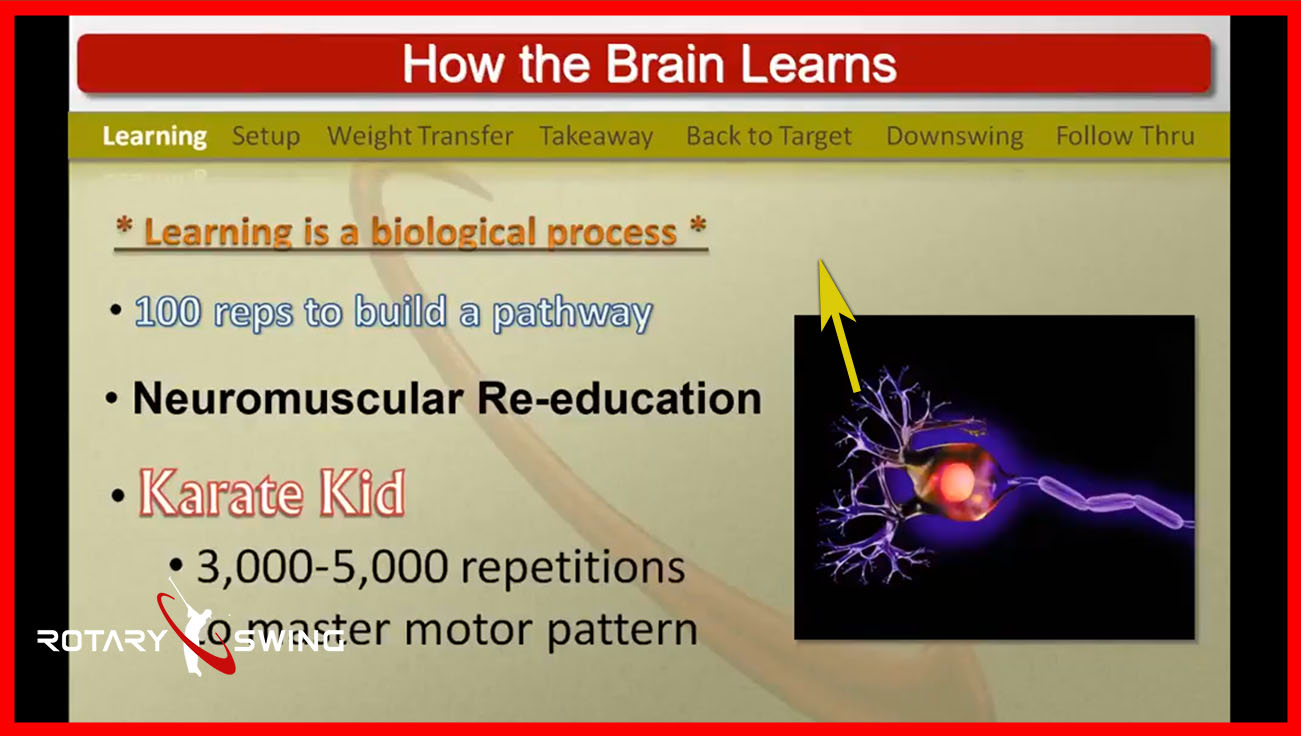

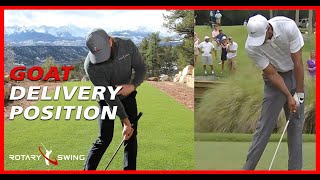
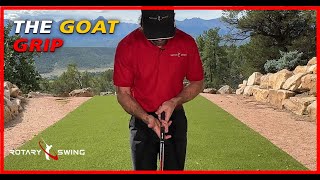
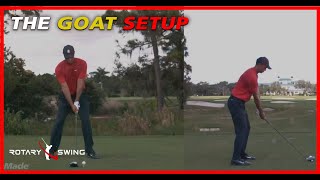
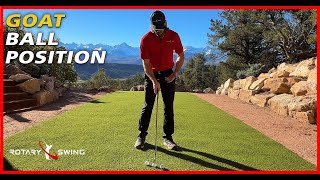
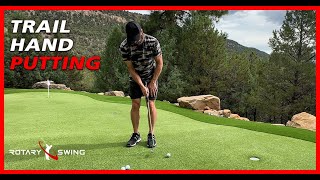

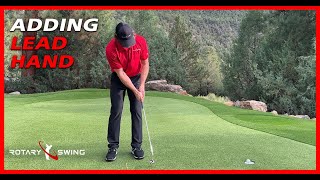


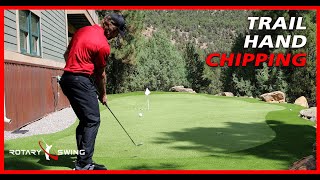
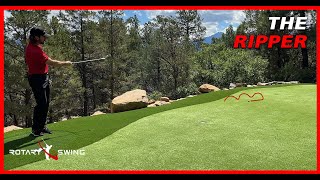
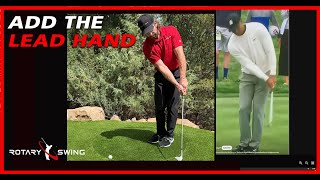


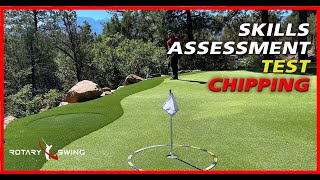

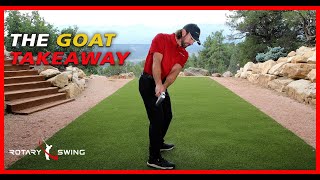
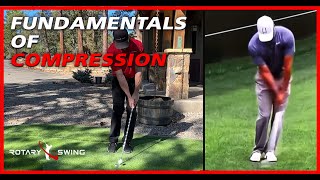
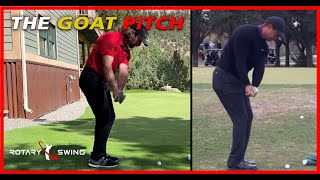
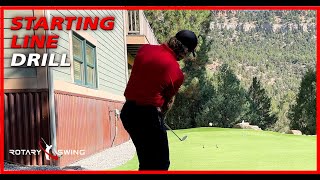

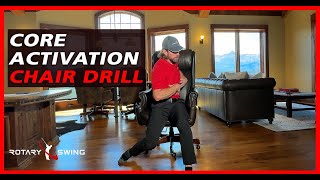
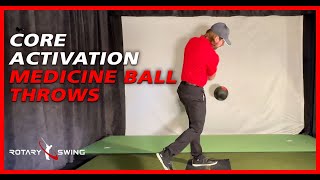
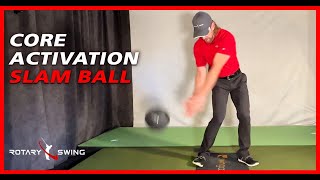
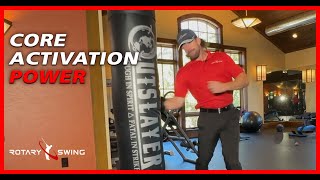
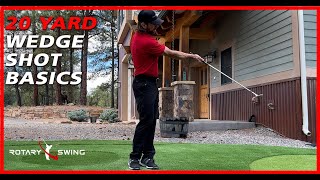
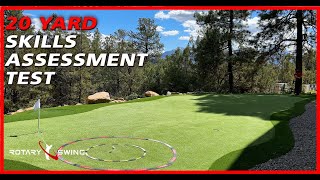

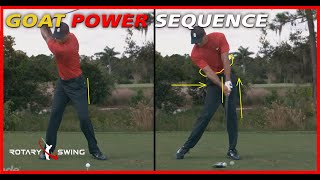
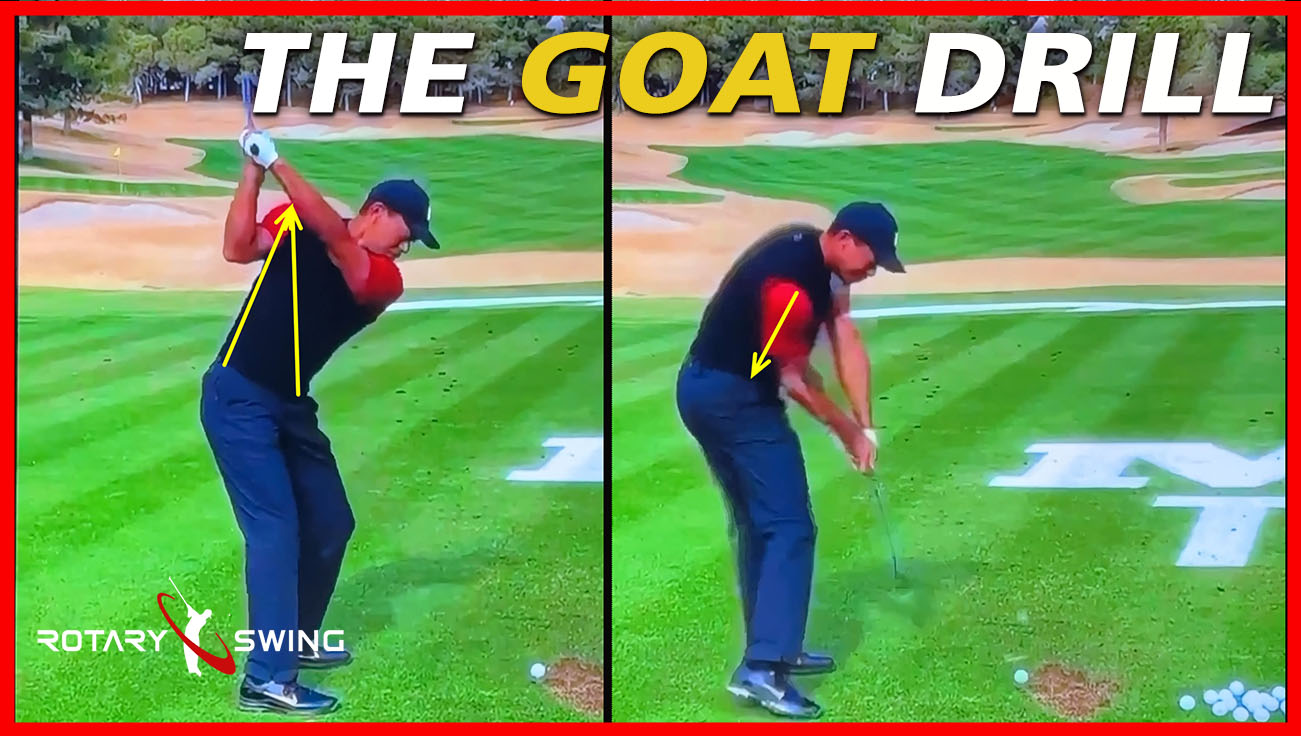
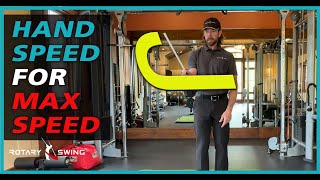
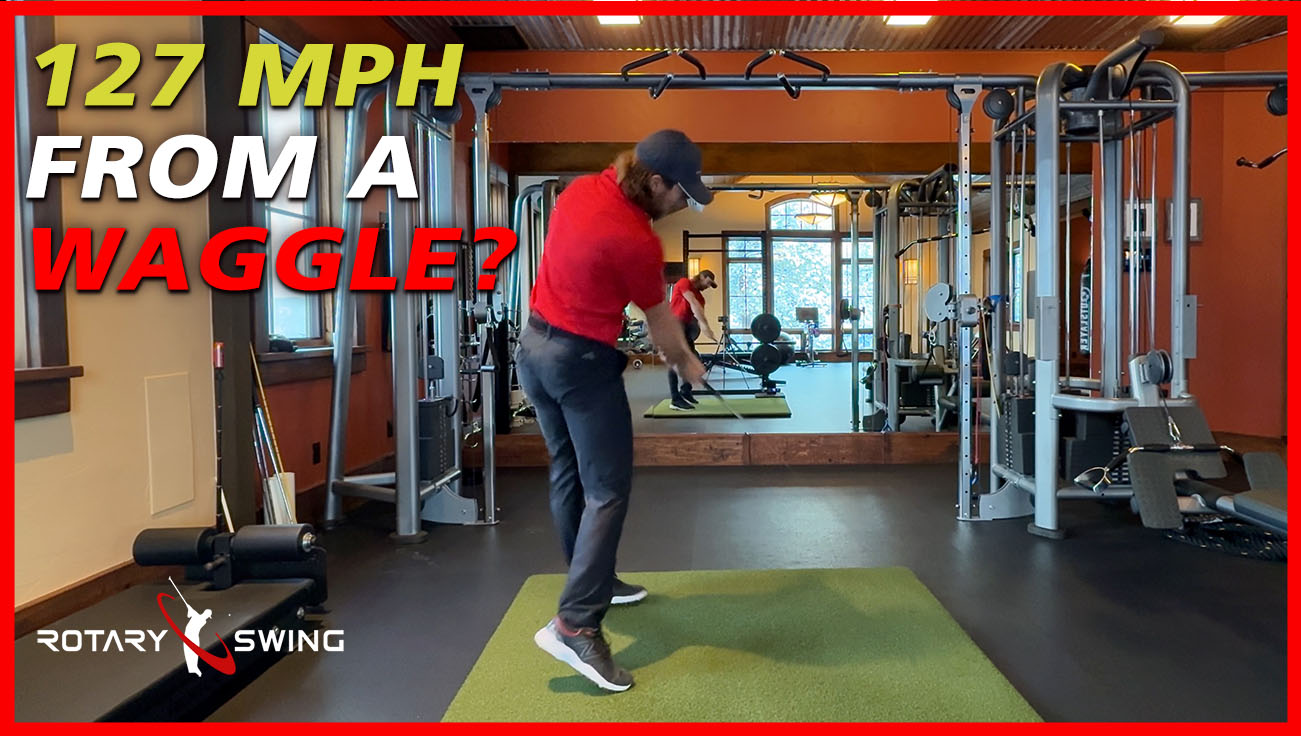
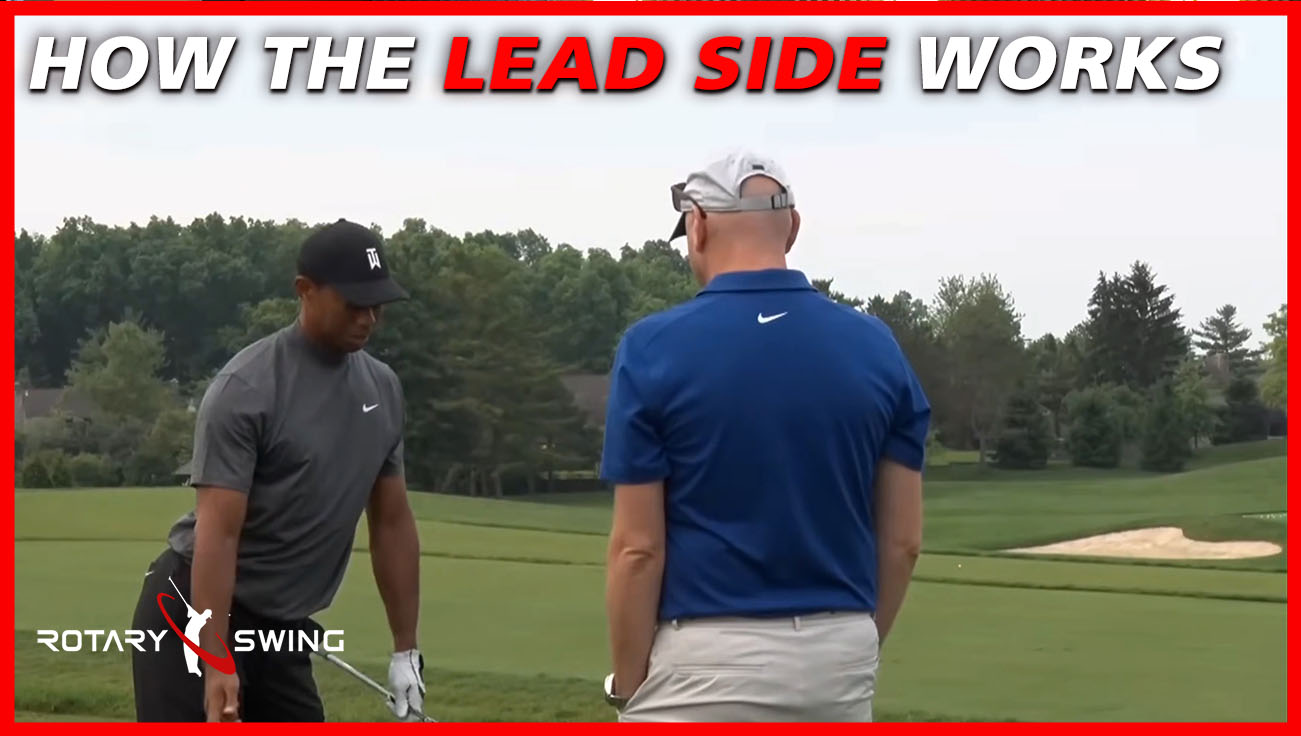
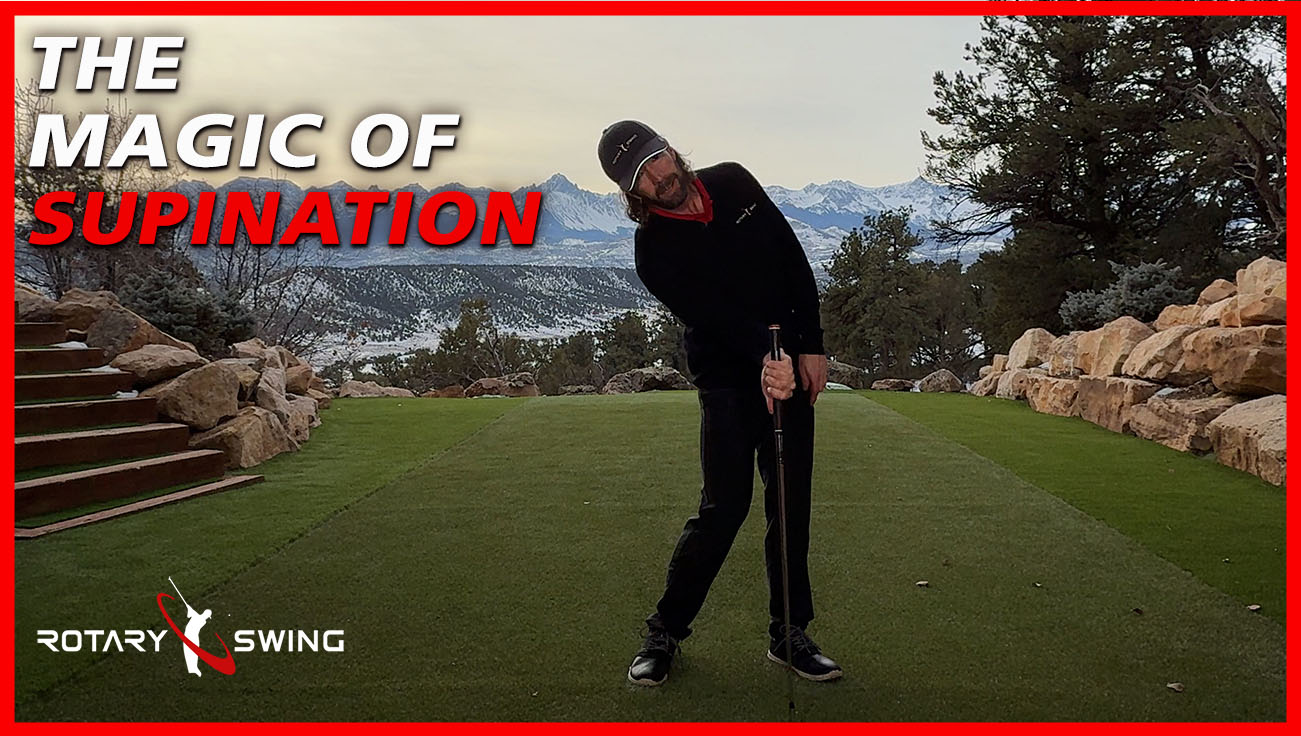
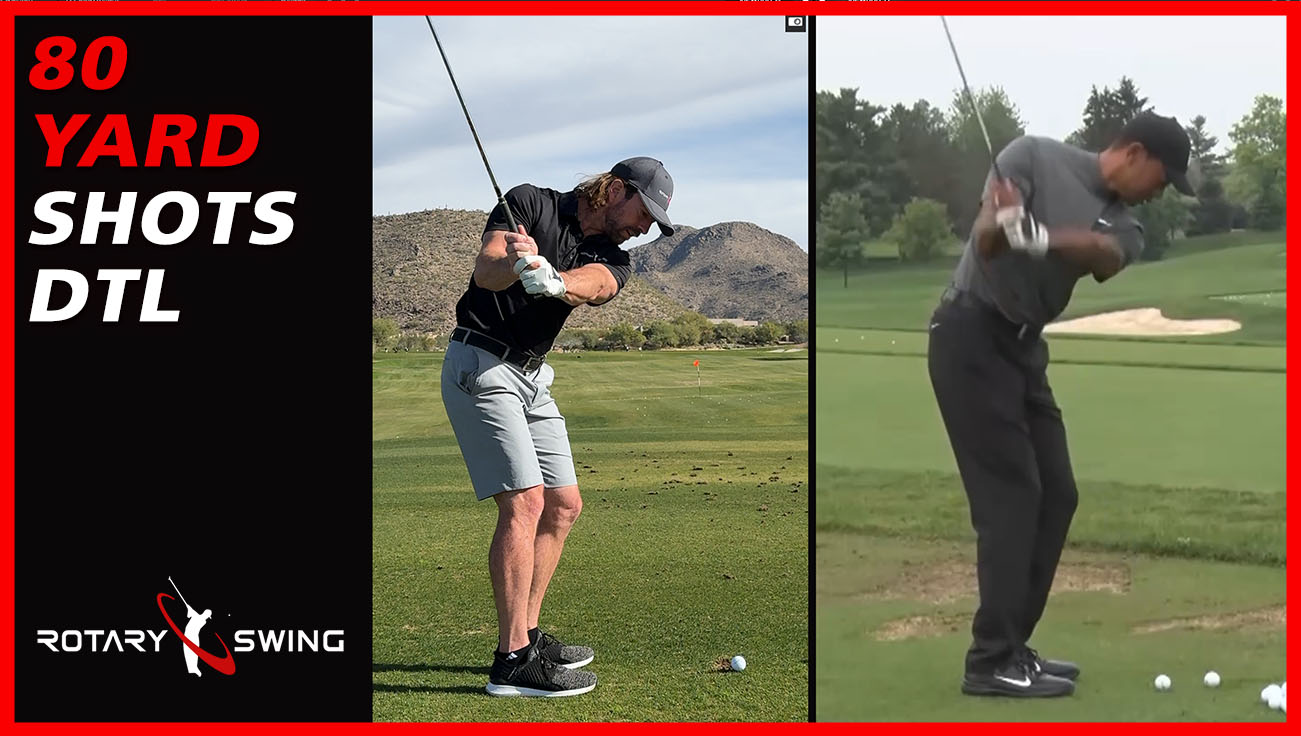
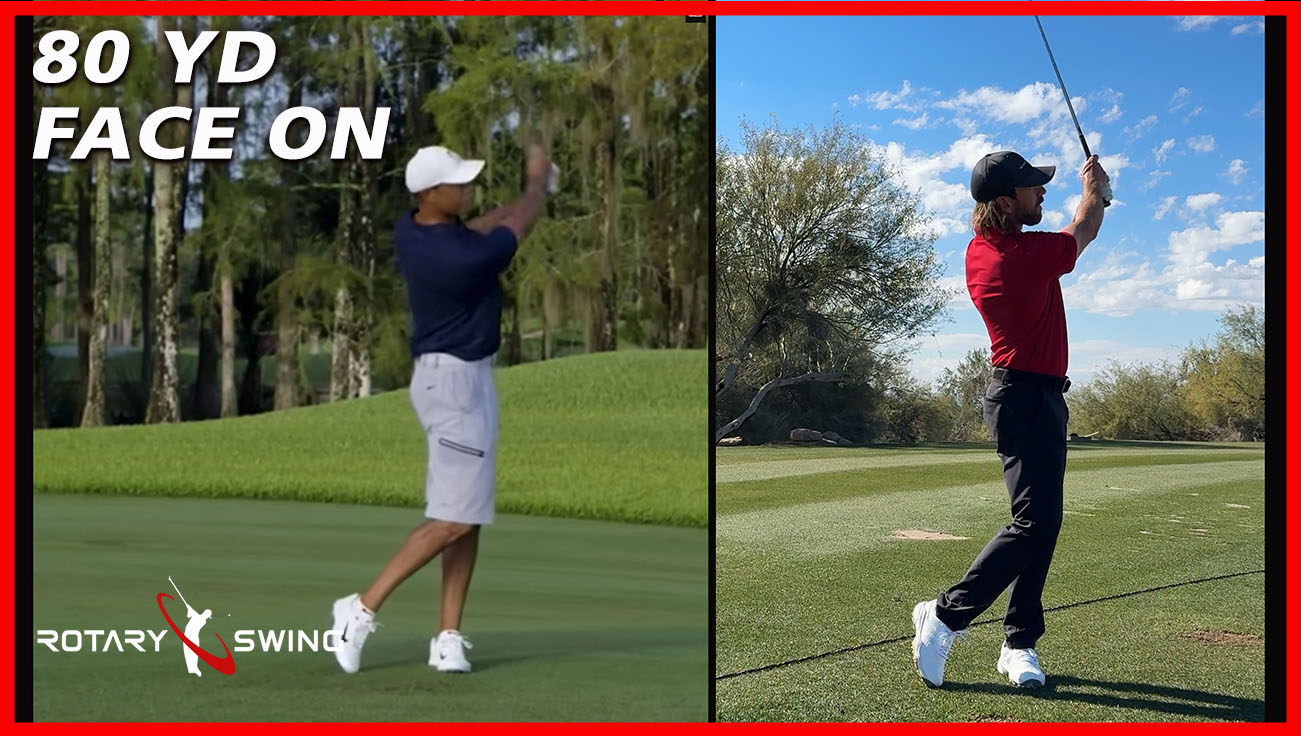
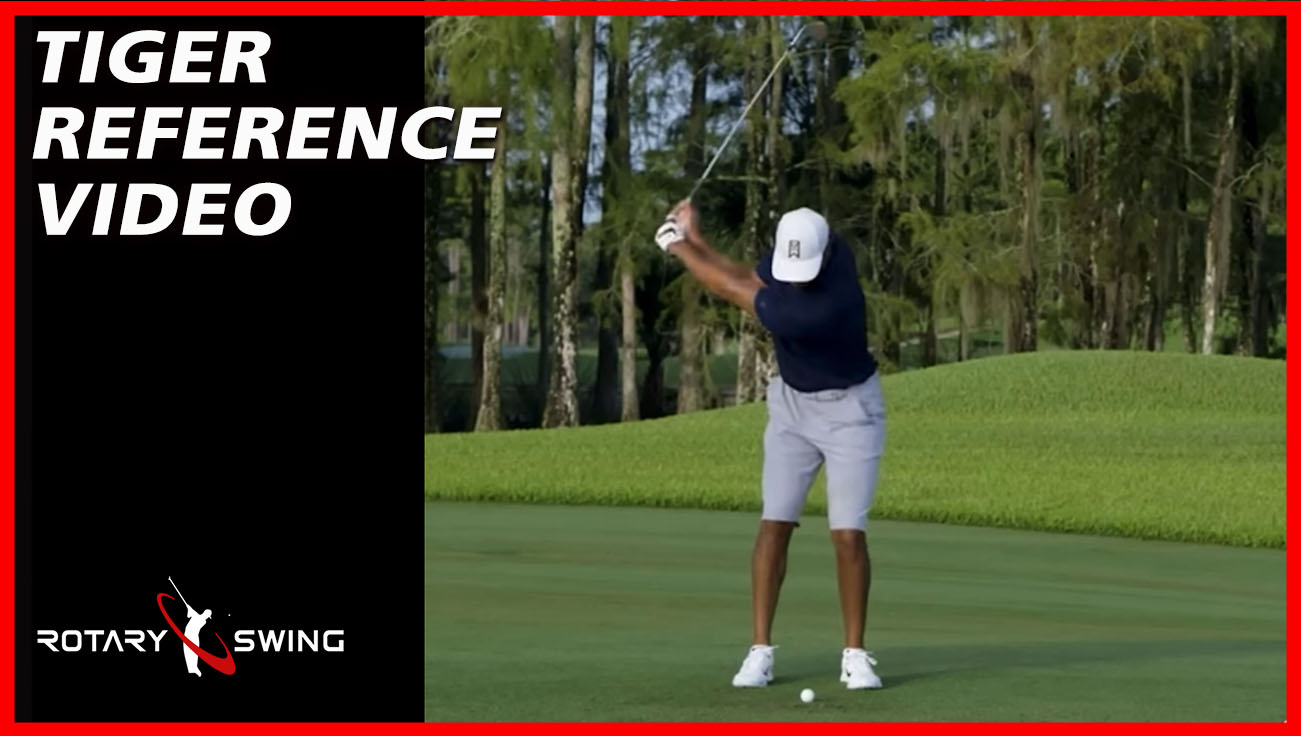
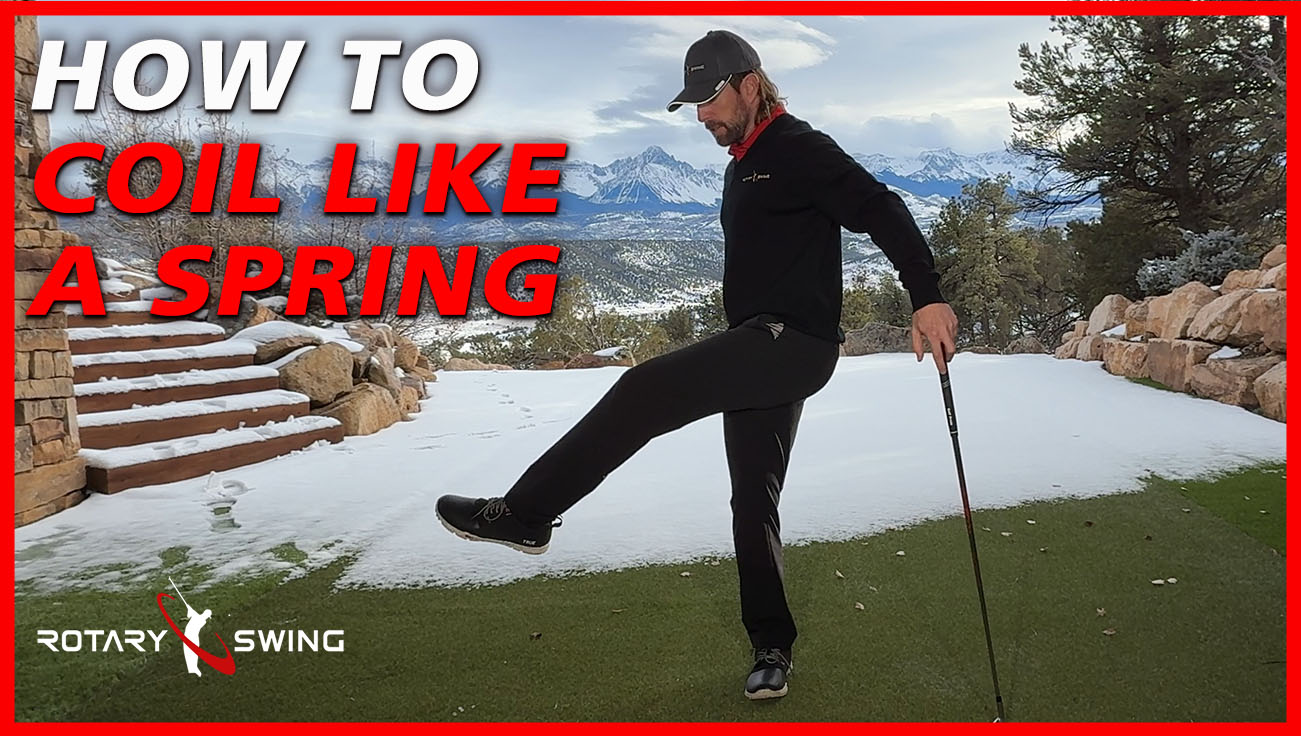

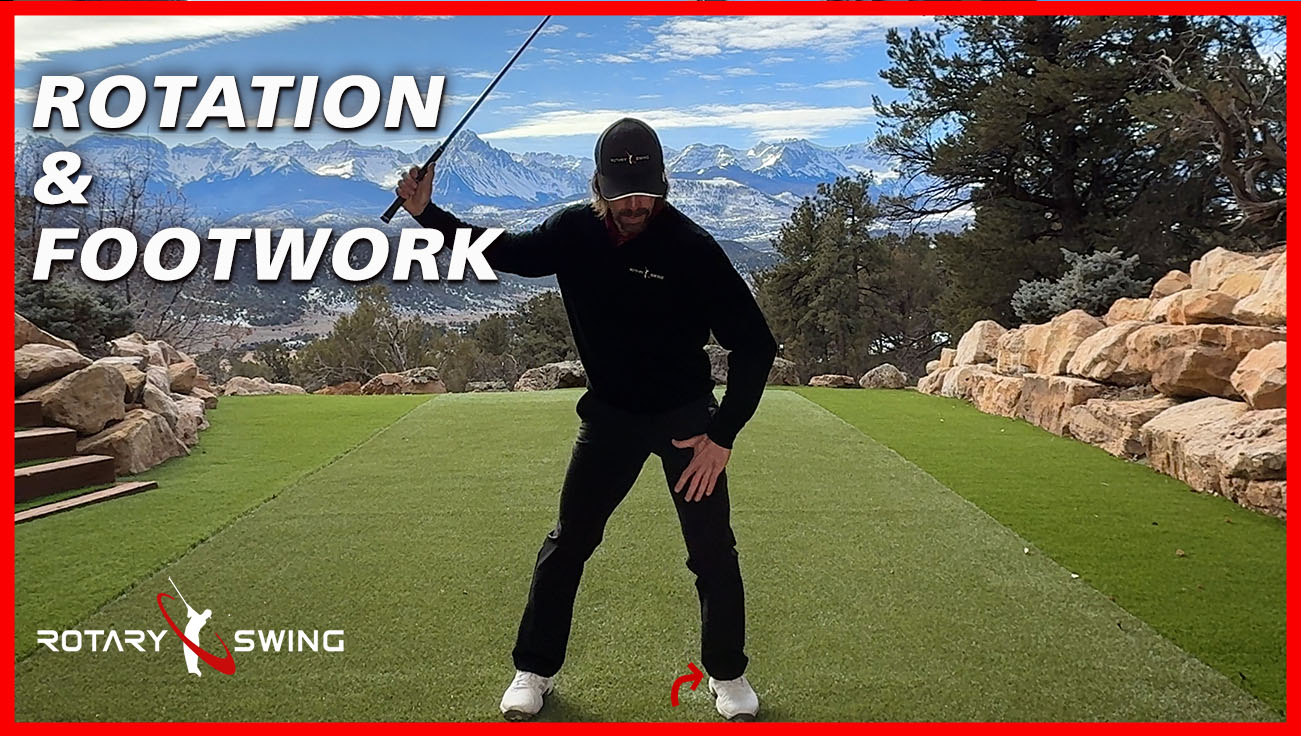
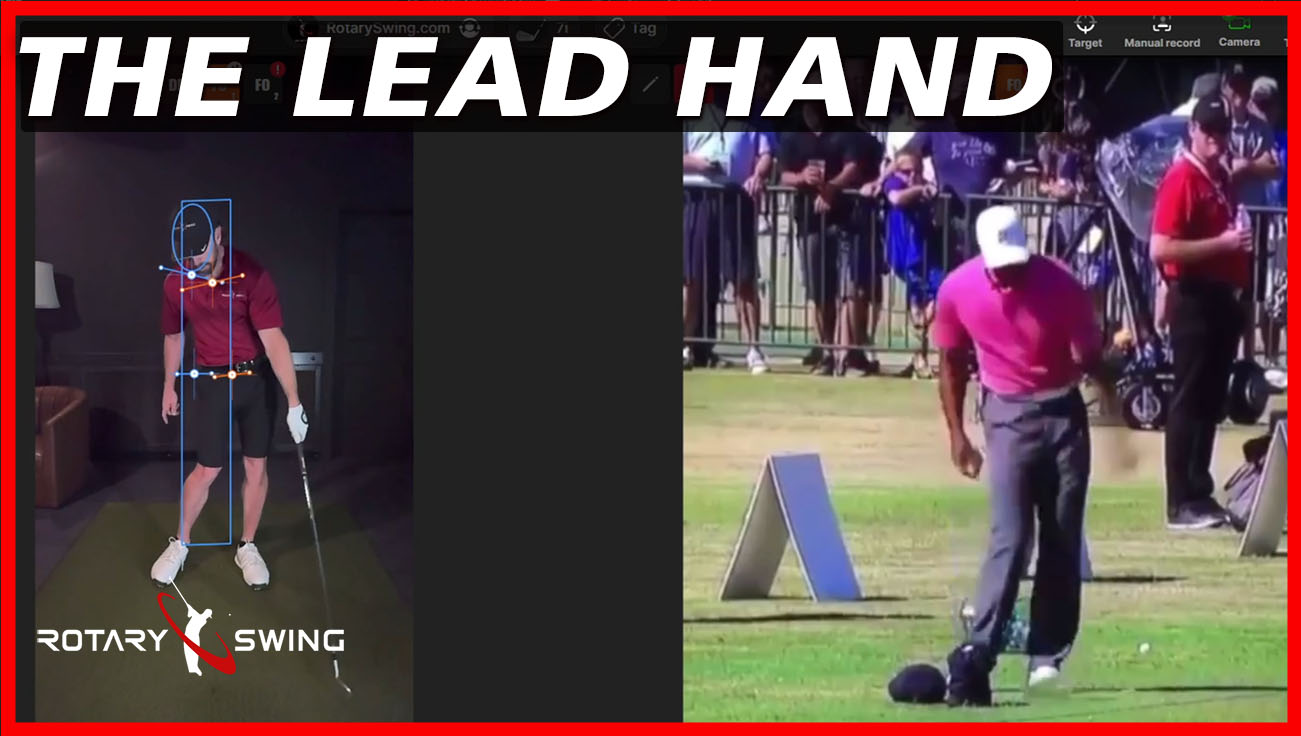
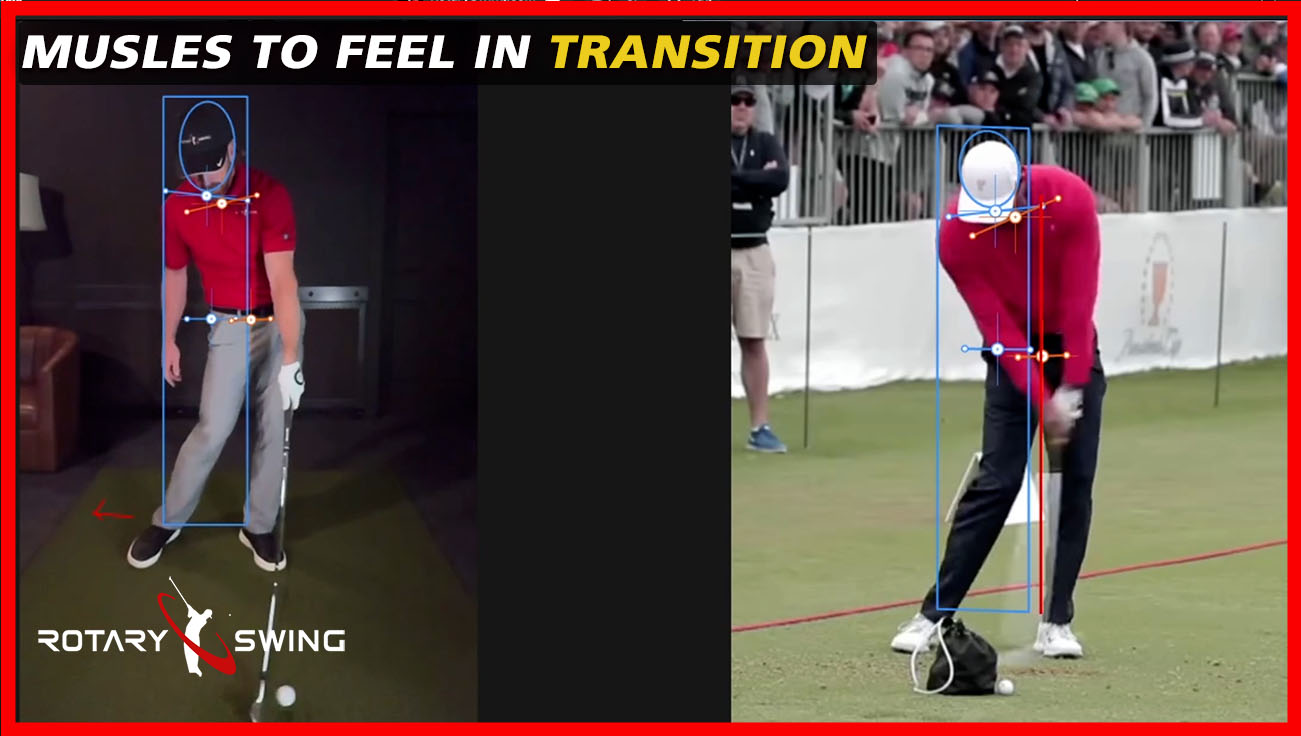
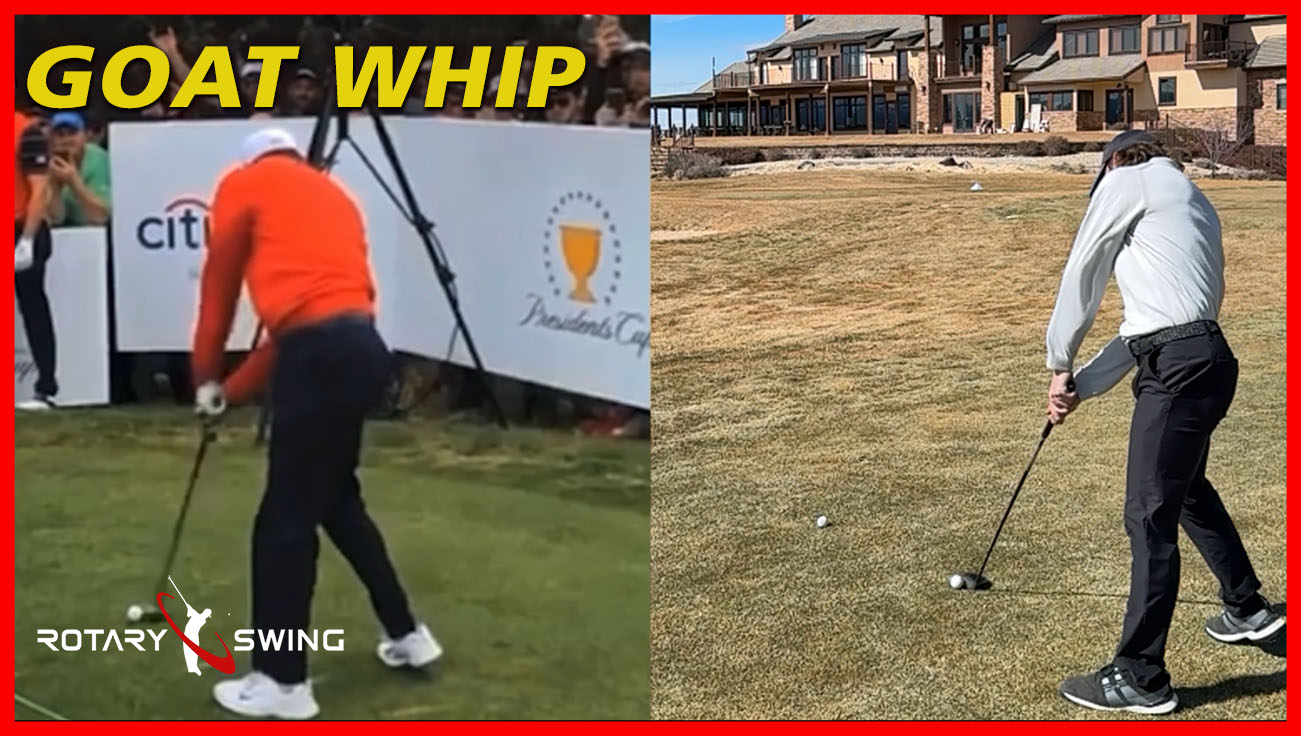
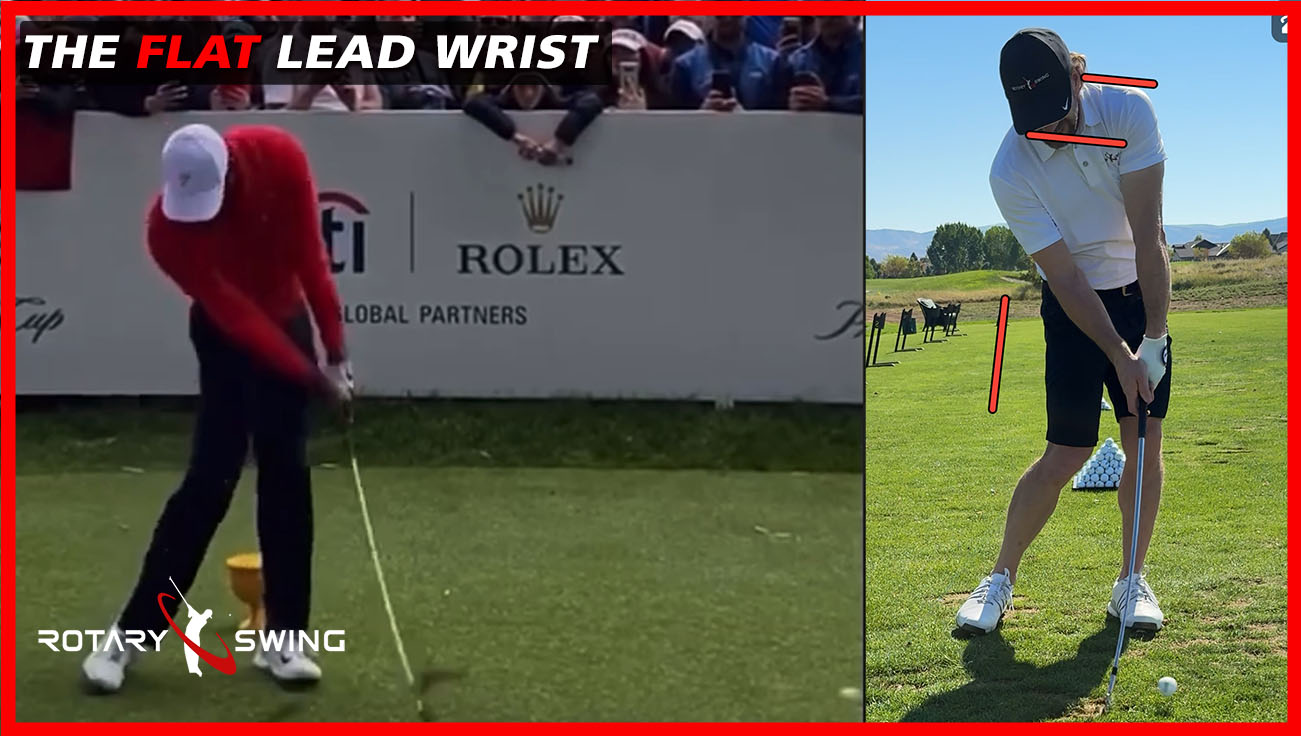
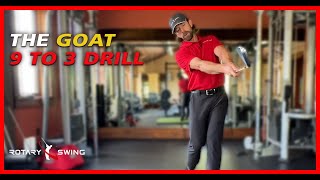
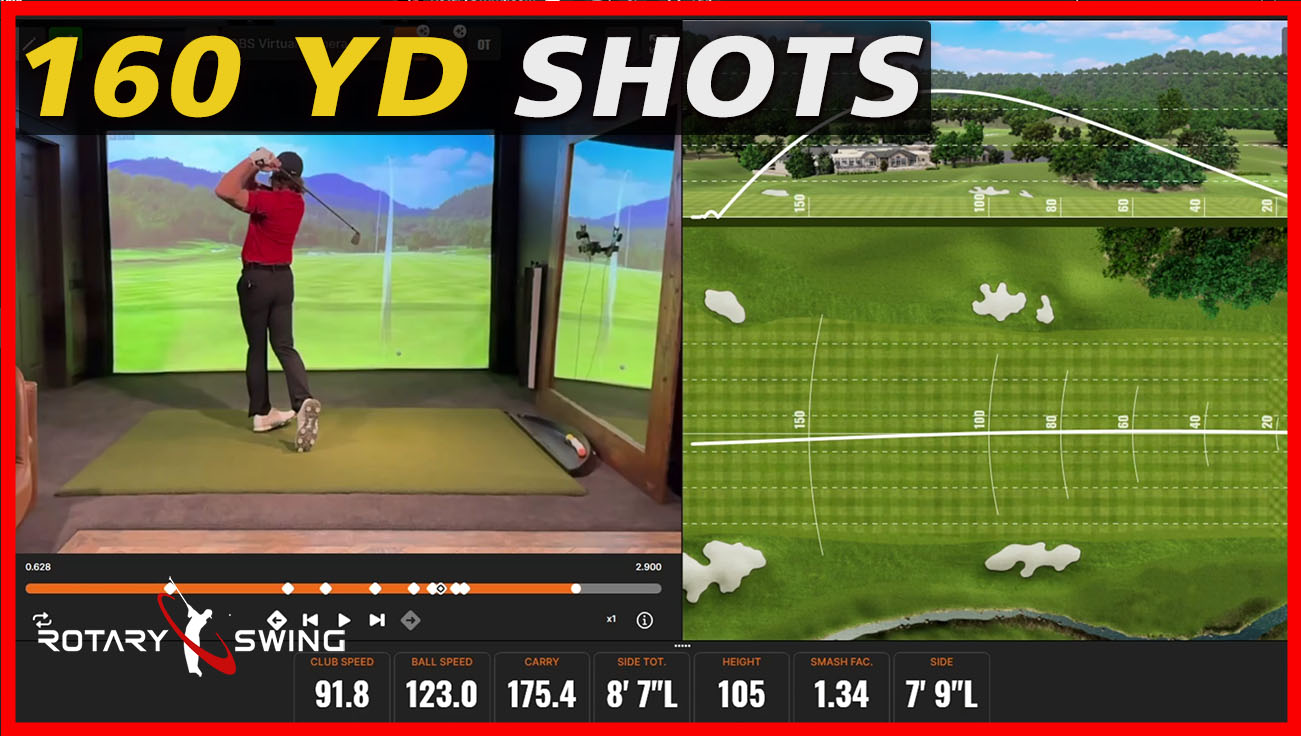
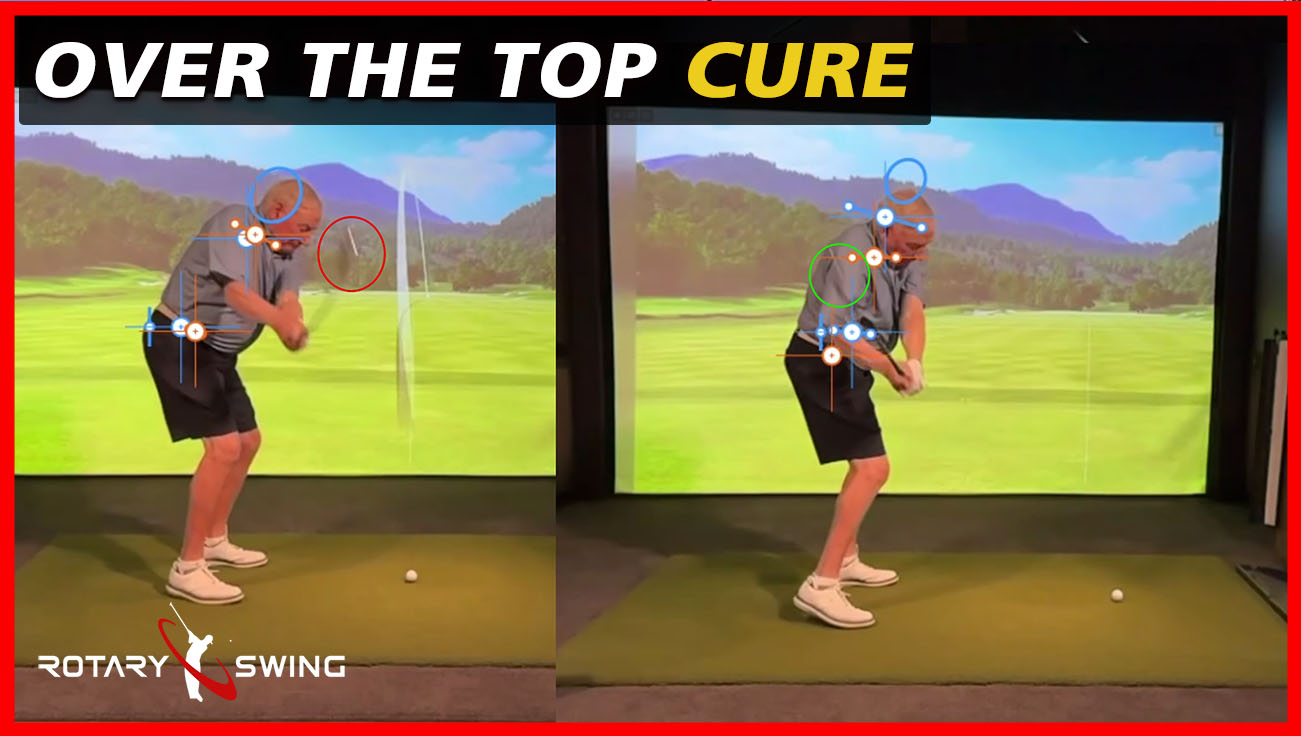

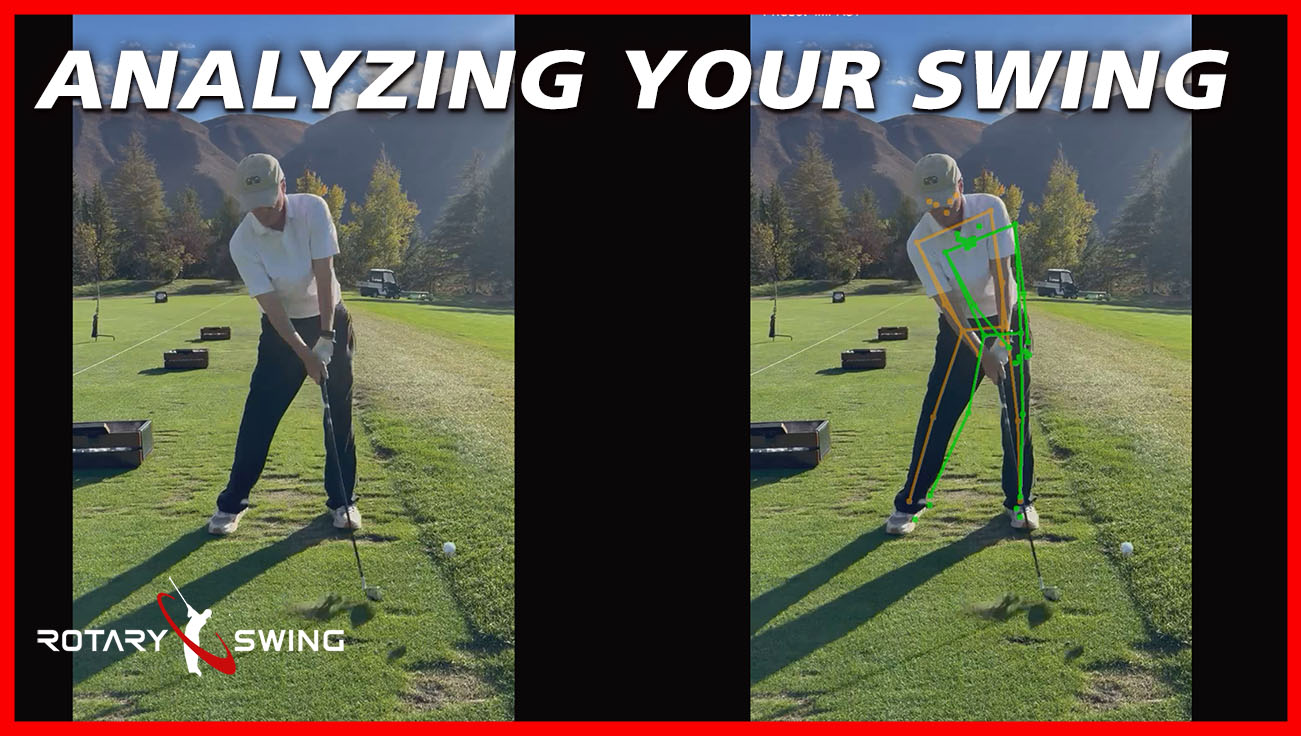
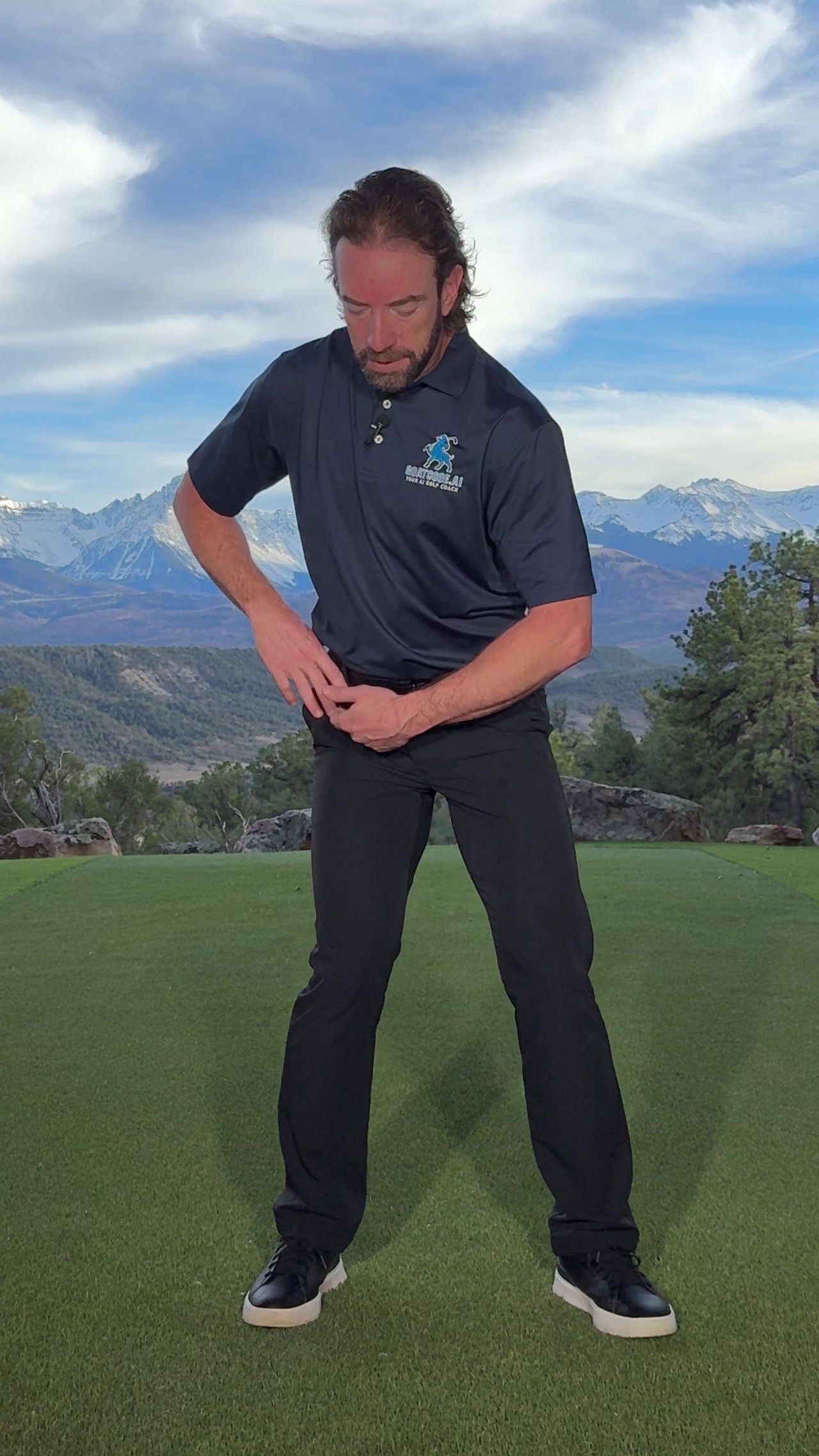

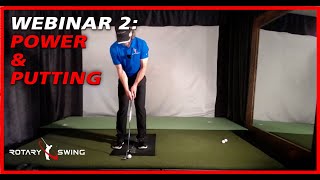
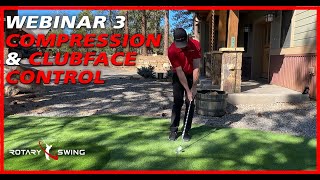
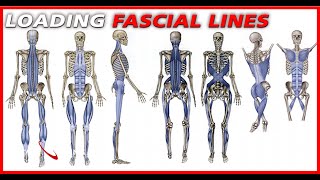
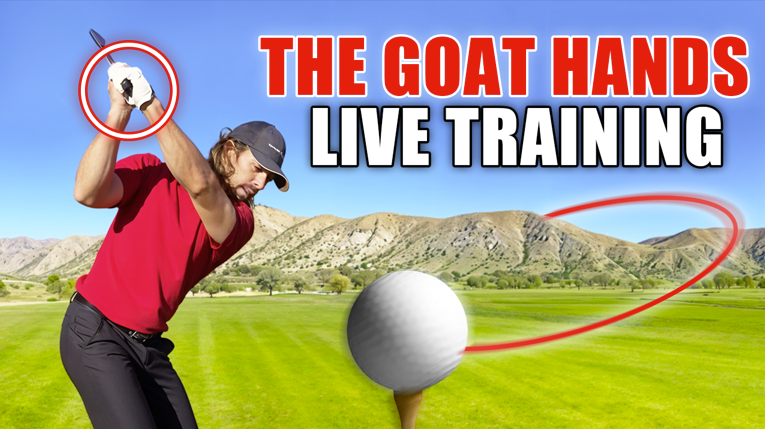

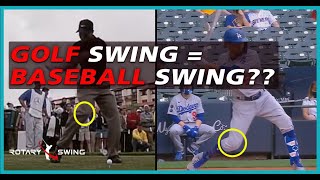

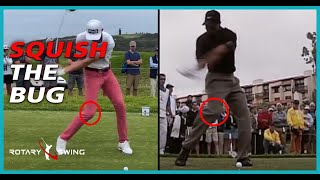
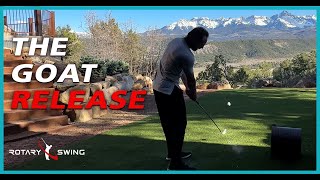
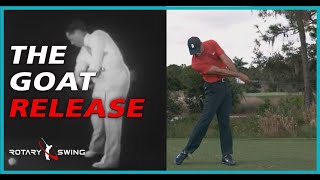
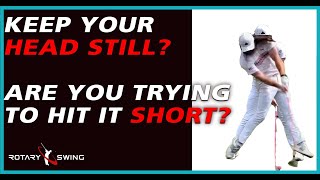
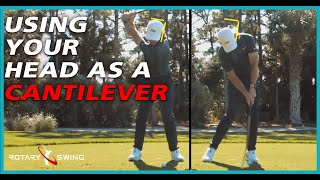
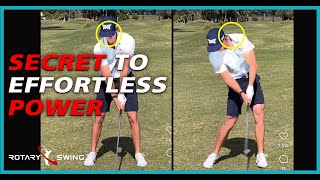
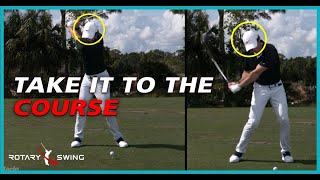
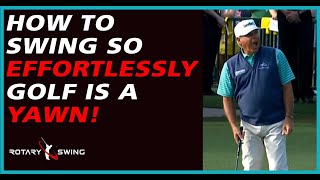
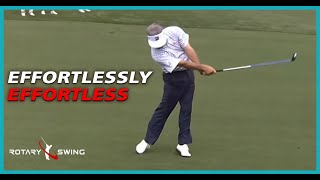
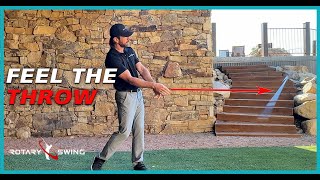
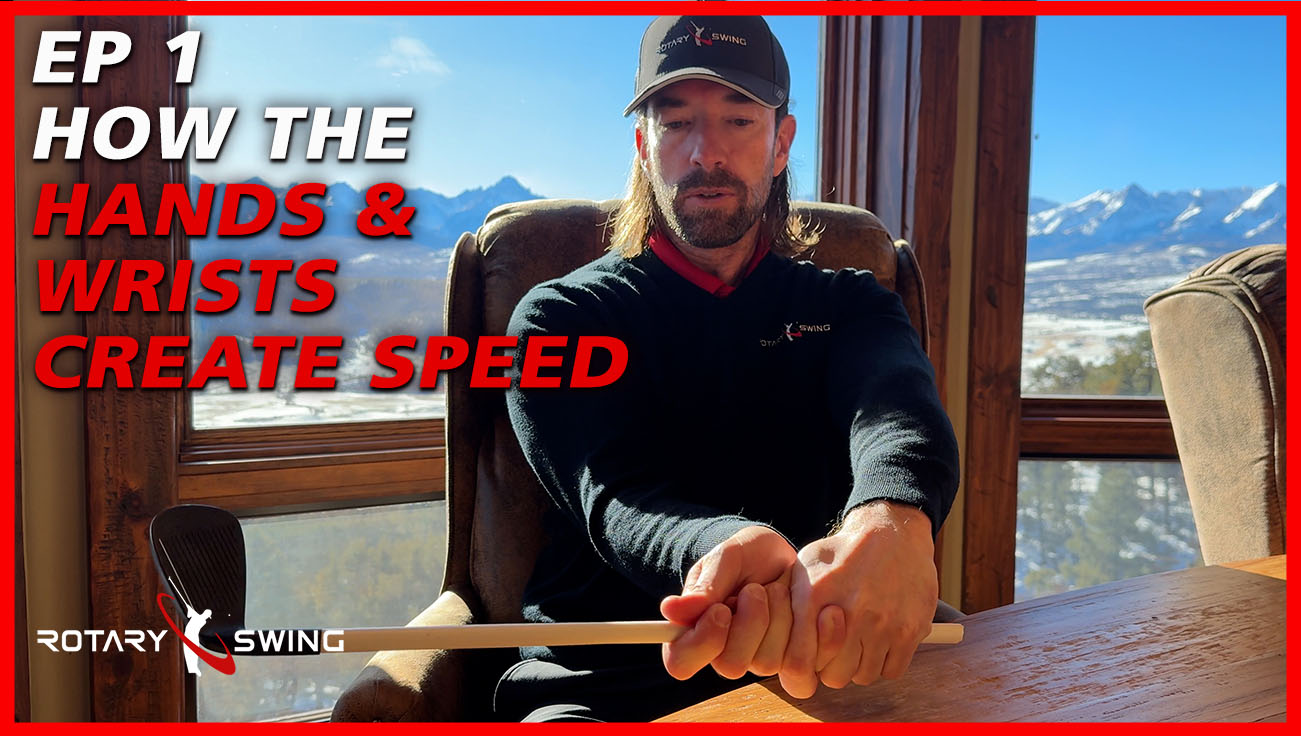

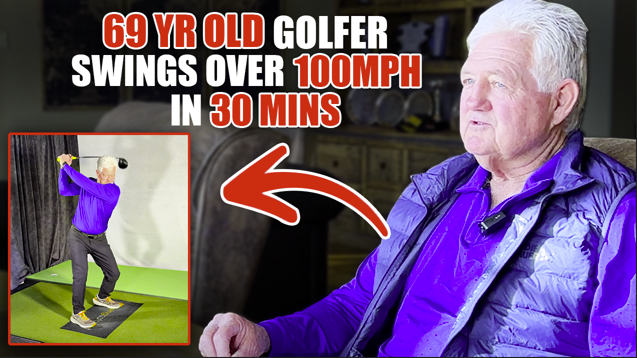
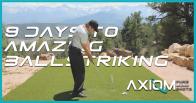
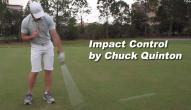


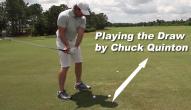
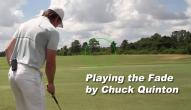

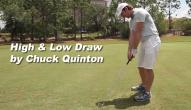
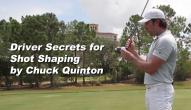


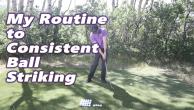
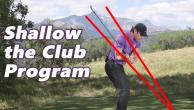
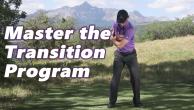
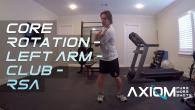
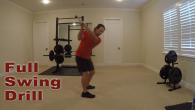
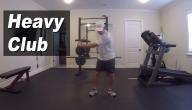
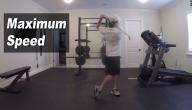
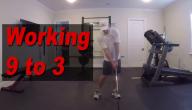
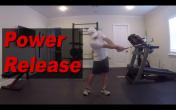
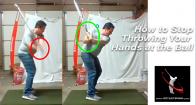
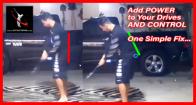
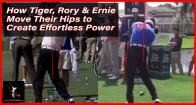
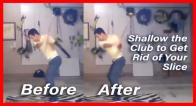

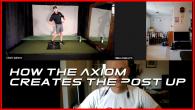
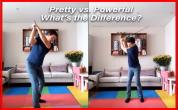
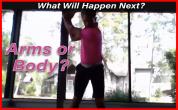
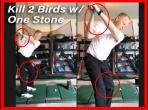
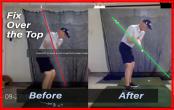
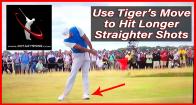
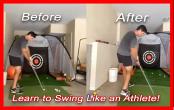
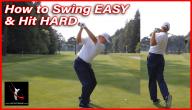
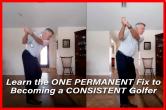
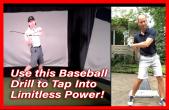
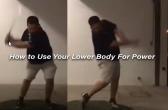
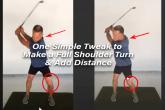
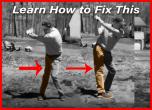
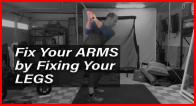
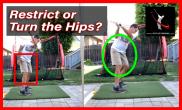
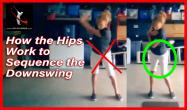

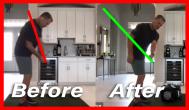
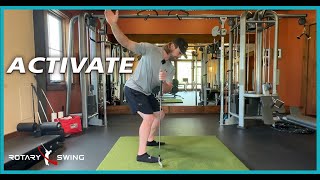
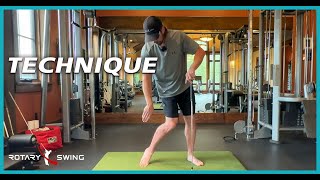
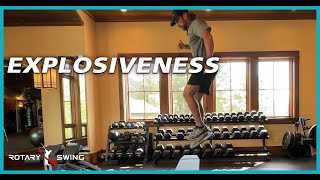
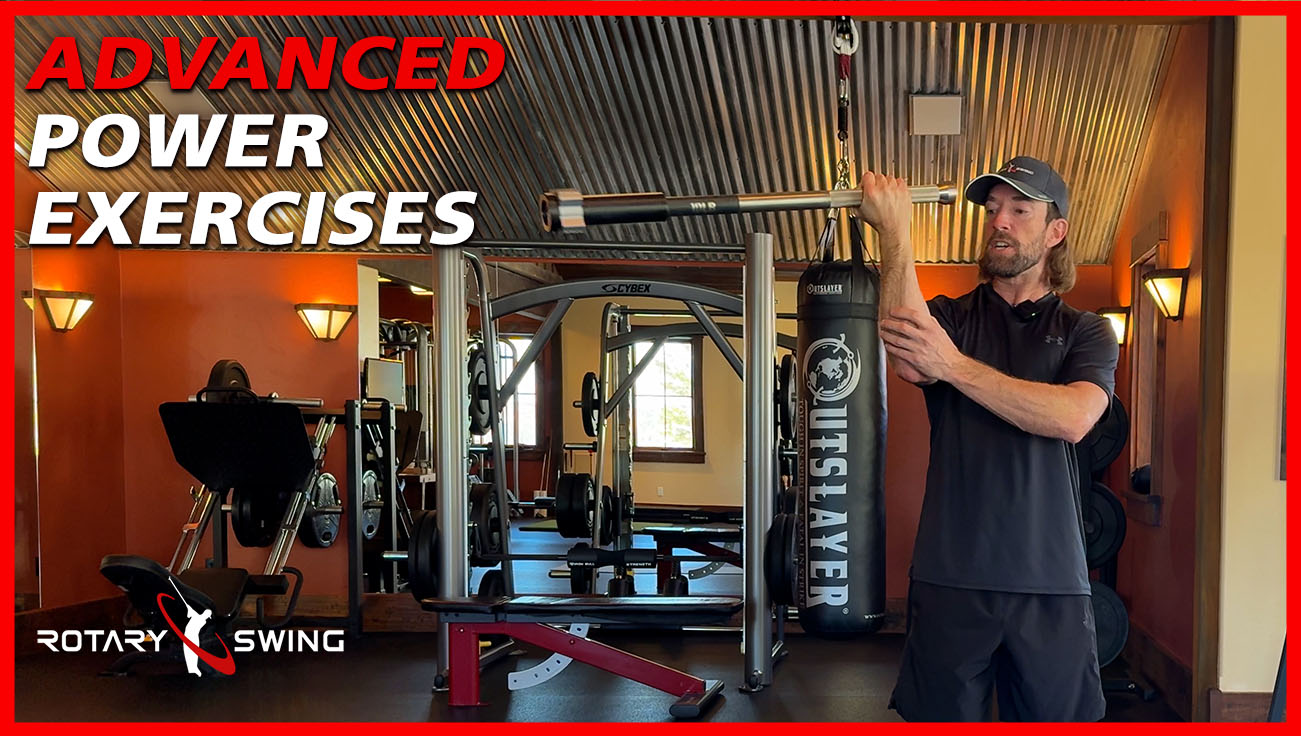
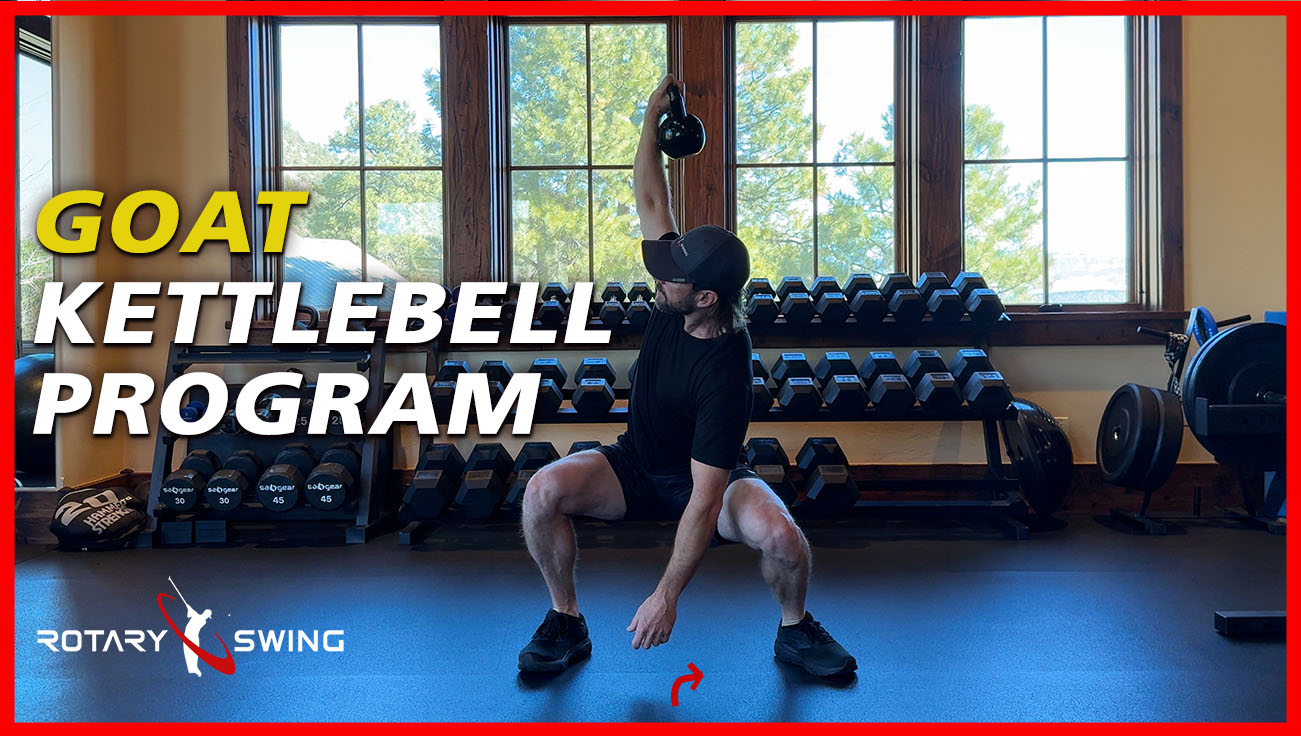

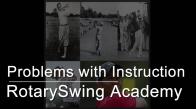
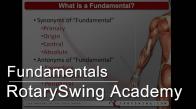

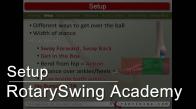

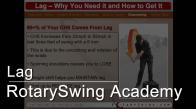
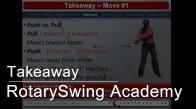
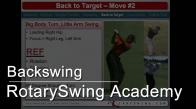
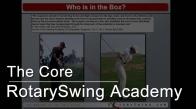
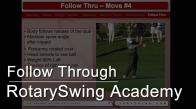

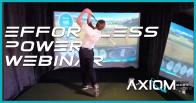

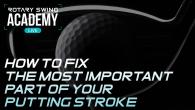
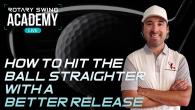
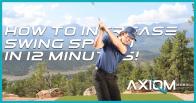
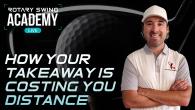
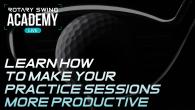
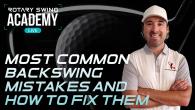
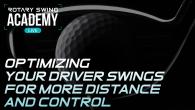
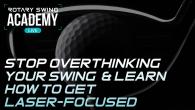


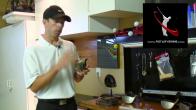
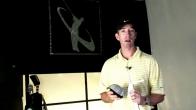
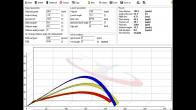
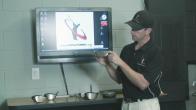
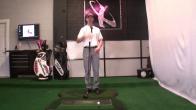
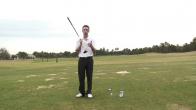
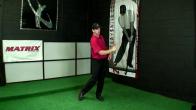
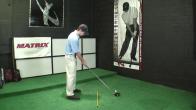

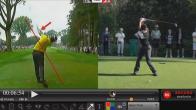
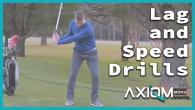
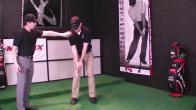
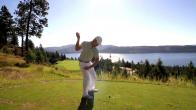

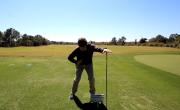
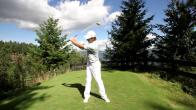

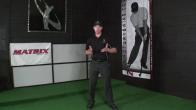
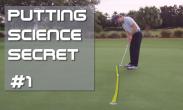
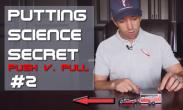
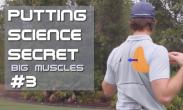
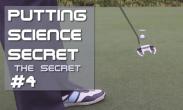
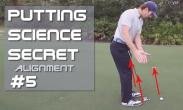
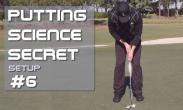
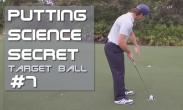
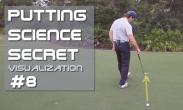
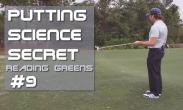
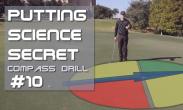
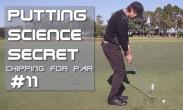
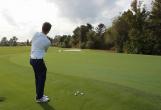

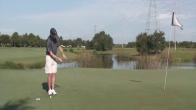
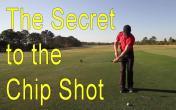
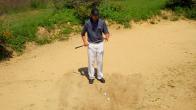
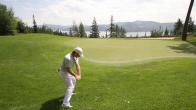
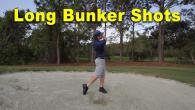

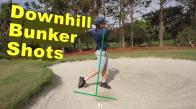
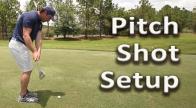
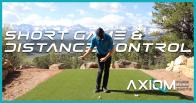
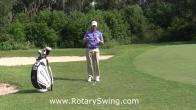
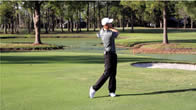
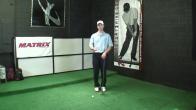
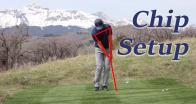

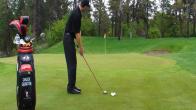
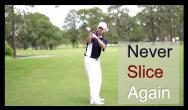
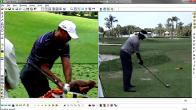
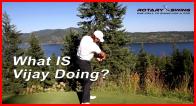
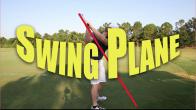
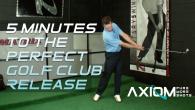
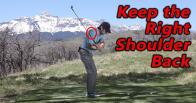

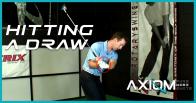




Tom
Craig (Certified RST Instructor)
Joshua
Craig (Certified RST Instructor)
Joshua
Jess
Craig (Certified RST Instructor)
Jack
Craig (Certified RST Instructor)
Carver
Craig (Certified RST Instructor)
Carver
Craig (Certified RST Instructor)
gwan
Craig (Certified RST Instructor)
Tyler
Craig (Certified RST Instructor)
Tyler
Craig (Certified RST Instructor)
Peter
Craig (Certified RST Instructor)
Peter
Jonathan
Jonathan
Craig (Certified RST Instructor)
Jonathan
Craig (Certified RST Instructor)
Jesper
Craig (Certified RST Instructor)
Jordan
Craig (Certified RST Instructor)
Jordan
Craig (Certified RST Instructor)
Tyler
Craig (Certified RST Instructor)
Chris
Craig (Certified RST Instructor)
John
Craig (Certified RST Instructor)
Paul
Craig (Certified RST Instructor)
Hyogo
Hyogo
Craig (Certified RST Instructor)
Hyogo
Craig (Certified RST Instructor)
Hyogo
Craig (Certified RST Instructor)
Hyogo
Craig (Certified RST Instructor)
Chris
Craig (Certified RST Instructor)
Benjamin
Craig (Certified RST Instructor)
Steven
Craig (Certified RST Instructor)
Peter
Craig (Certified RST Instructor)
Alex
Craig (Certified RST Instructor)
allison
Chuck
Eddie
Chuck
Kendall
Kendall
Chuck
Craig
Craig
Gary
Chuck
Scott
Chuck
Tom
Chuck
Chris
Chuck
Chris
Chuck
John
Chuck
L
Chuck
Ricky
Chuck
William
William
Chuck
Christopher
Chuck
David
Chuck
David
Chuck
Talmadge
Chuck